How to Take Amazing Winter Photos (Without Freezing or Going Broke)
I’ll never forget the stinging cold on my first real winter photoshoot. It was high up in the mountains, hours before sunrise. My fingers felt like useless sausages, and my breath instantly froze on the back of my camera. I honestly think I made every mistake possible. My batteries died immediately. My pictures came out looking like depressing, gray slush. I went home with numb toes and a bruised ego.
In this article
But here’s the thing: I also went home with a lesson that has stuck with me ever since. Winter doesn’t just hand over its beauty. You have to earn it.
Since then, I’ve learned to work with the cold, not against it, from shooting frozen waterfalls to silent, snow-covered forests. I’ve seen so many people at workshops who think winter photography is just pointing a camera at snow. They leave understanding it’s a game of light, patience, and—most importantly—preparation. This guide is all the hard-won knowledge I wish someone had told me back then. We’re going to get past simple snapshots and learn to capture the actual feeling of winter: its quiet power and its incredible light.
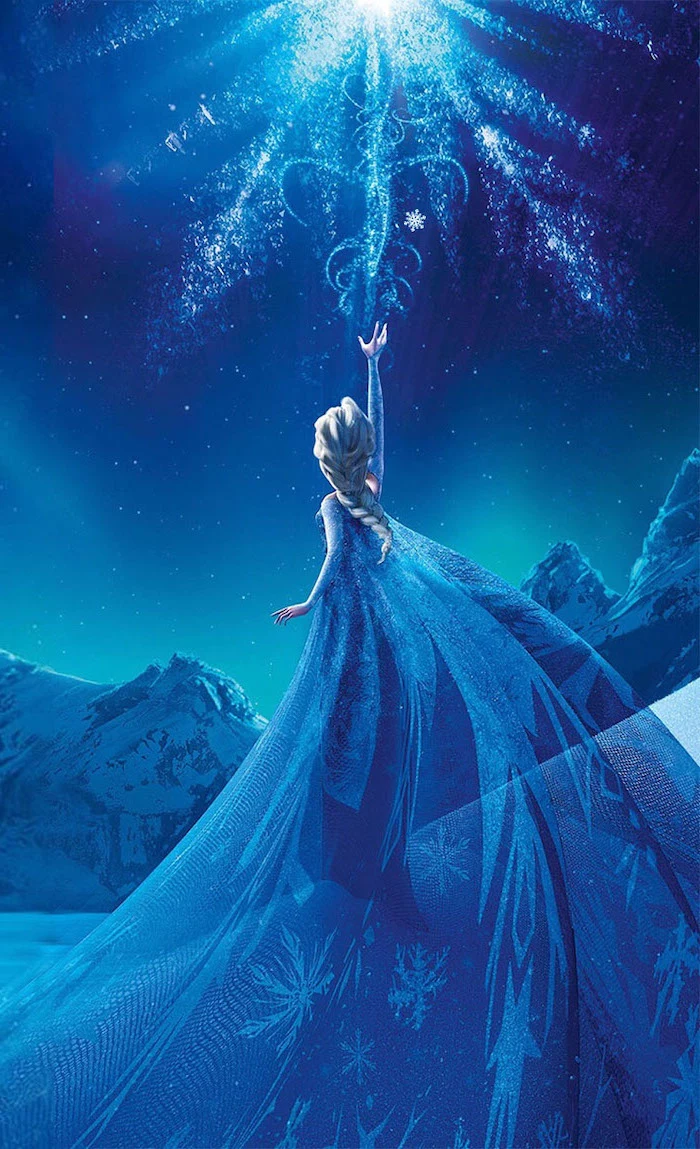
Why Your Camera Thinks Snow is Gray
Before we even touch the camera settings, you have to get this one thing straight. Snow isn’t just white to a camera. It’s a landscape of tiny, glittery ice crystals that reflect a ton of light. And this is precisely why most cameras, left to their own devices, totally mess it up.
Your camera’s internal light meter is programmed to think the world averages out to a “middle gray.” It’s a survival mechanism. So when you point it at a huge, bright white field of snow, the meter basically panics. It screams, “This is way too bright!” and tries to “fix” it by making everything darker. The result? Your beautiful, crisp white snow turns into a dull, underexposed gray. This is, without a doubt, the #1 mistake everyone makes.
The fix is simple, but it feels wrong at first. You have to tell your camera, “No, this is supposed to be bright.” You do this by intentionally overexposing the shot. Find your exposure compensation dial—it’s usually a little wheel near your shutter button with a +/- symbol on it. (If you can’t find it, just google your camera model + “exposure compensation dial” and you’ll see a diagram.)

Your First Challenge: Go outside with some snow on the ground. Take three photos of the same thing. First, with the dial at 0. Second, at +1. And third, at +1.7 or +2. Forget about composition or art. Just look at the difference on your screen. That +1 or +2 shot is how you get white snow. This one little exercise is the most important lesson you can learn.
That Special Winter Light
Here’s a gift from nature: the sun sits much lower in the sky during winter. That harsh, directly-overhead light from the summer is gone. Instead, we get soft, angled light that lasts for hours. The “golden hour” around sunrise and sunset feels like it stretches on forever, bathing everything in warm tones that look incredible against the cool blues of the snow.
And don’t pack up when the sun disappears! The “blue hour,” that period of twilight just after sunset or before sunrise, is when winter scenes can look truly magical. The ambient light turns a deep blue or even violet, making the snow glow. To be frank, that’s often when I get my favorite shots.
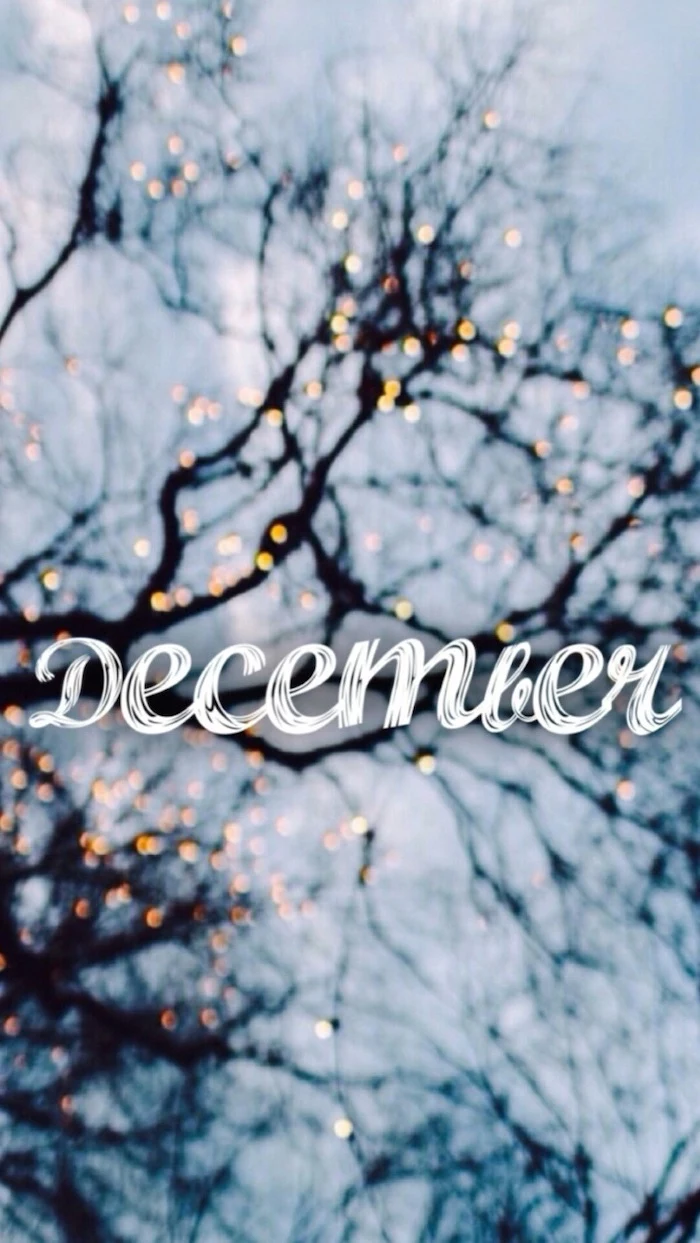
Gearing Up: The Smart Way to Pack for the Cold
Think of your gear as your partner out there. Choosing the right stuff—and knowing how to protect it—is absolutely essential. This isn’t just about getting the shot; it’s about safety and not wasting a trip.
The Camera and Lens Situation (For Every Budget)
Let’s get one thing straight: you don’t need a $5,000 setup. Modern mirrorless cameras and DSLRs are both fantastic. If you can get one with weather sealing, that’s a huge bonus, as it’ll be more reliable if snow starts to fall. High-end mirrorless bodies do have a slight edge because you can see the exposure changes in real-time through the viewfinder, which is super helpful for nailing that snow brightness.
Now, for lenses. The ideal pro setup often includes three zooms to cover every situation:
- A wide-angle zoom (like a 16-35mm): For those huge, sweeping landscapes where you want to show the sheer scale of everything.
- A standard zoom (like a 24-70mm): This is the workhorse. It’s versatile and creates images that feel balanced and natural.
- A telephoto zoom (like a 70-200mm): This is for picking out details. Think of a single sunlit peak, layers of distant mountains, or wildlife you don’t want to spook.
But let’s be realistic. That’s thousands of dollars in glass. If you’re on a budget, your standard 18-55mm kit lens that came with your camera is MORE than capable. The trick is to “zoom with your feet.” Get closer to things. Focus on smaller, more intimate scenes instead of trying to capture the entire mountain range in one shot. Some of the most powerful winter photos are simple and focused.
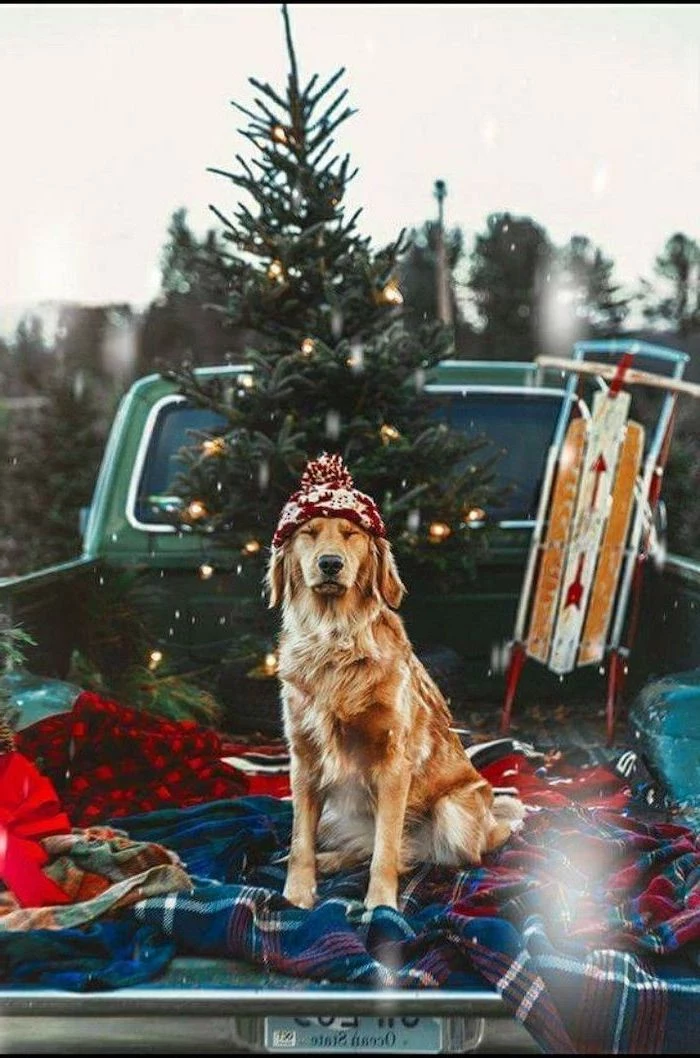
Your Support System: Tripods and Other Lifesavers
Hand-holding a camera in the cold is a recipe for blurry photos. You’re cold, maybe you’re shivering a little, and you need tack-sharp focus. A sturdy tripod is non-negotiable.
Now, we have to talk about aluminum versus carbon fiber. An aluminum tripod works, and you can get a solid one for about $80-$150. The big downside? It gets painfully, shockingly cold. That metal just sucks the heat right out of your hands. A carbon fiber tripod is much lighter and doesn’t get nearly as frigid, but it’s an investment, usually running between $400 and $1,000. From my experience, it’s worth saving up for. I’ll never forget trying to un-stick the frozen plastic flip-locks on my old aluminum tripod in a sleet storm. I missed the shot and couldn’t feel my fingertips for an hour. That was the day I decided that easy-to-use twist-locks and carbon fiber were worth every penny.

Here’s what else is always in my bag:
- Spare Batteries (At Least Three!): Cold absolutely demolishes battery life. A quick tip: it doesn’t actually “drain” them; it just slows down the chemical reaction inside. The secret is to keep your spares in an inside jacket pocket, close to your body heat. When the battery in your camera dies, swap it with a warm one. Often, the “dead” cold battery will come back to life once it warms up in your pocket, giving you a few more precious shots later.
- Microfiber Cloths: Plural. Snowflakes will land on your lens, and you need to gently wipe them away without smearing.
- A Rocket Blower: Never, ever blow on your lens with your mouth. Your warm, moist breath will instantly freeze into a film of ice. Use a simple rubber air blower to puff away dry snow. You can get one for under $10 online.
- A Circular Polarizer Filter: This is the one filter I consider essential. It screws onto the end of your lens and helps cut the glare from snow and ice, while making blue skies look deeper and more dramatic.
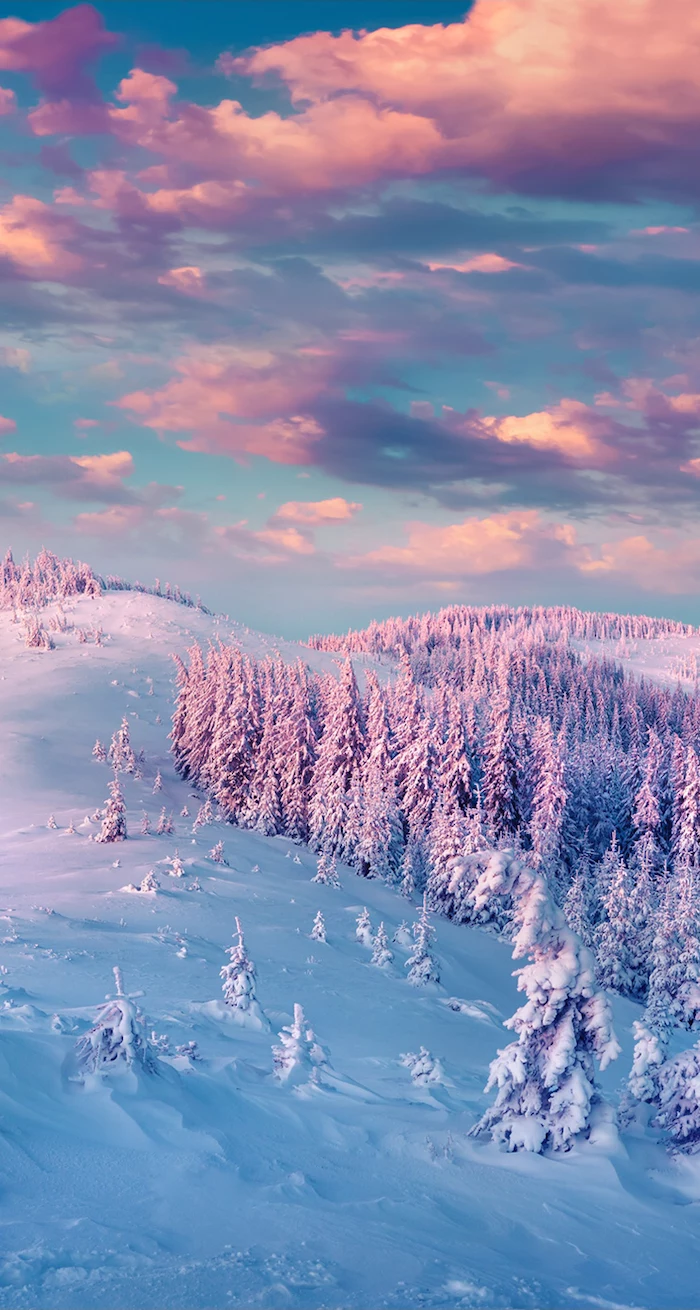
Heads up! A CRITICAL gear tip: When you’re done shooting and ready to go inside, do NOT take your camera out of the bag immediately. Leave it zipped up in the bag for at least an hour, maybe two. Letting it slowly acclimate to the warm, humid indoor air prevents condensation from forming all over the lens and, more importantly, inside the sensitive electronics. Rushing this step is a surefire way to ruin your expensive gear.
Pro Techniques for Nailing the Shot
Okay, you’re geared up and you understand the light. Now let’s focus on the actual craft of making a beautiful image.
Use Your Histogram, Not Your Screen
The little picture on the back of your camera can lie to you, especially in bright, glary conditions. Your histogram is the source of truth. For snow, you want to see the graph pushed far to the right side, almost touching the edge but not creating a big spike right at the end. This is called “exposing to the right.” It means you’re capturing the maximum amount of bright detail without turning parts of the snow into pure white blobs with no texture.
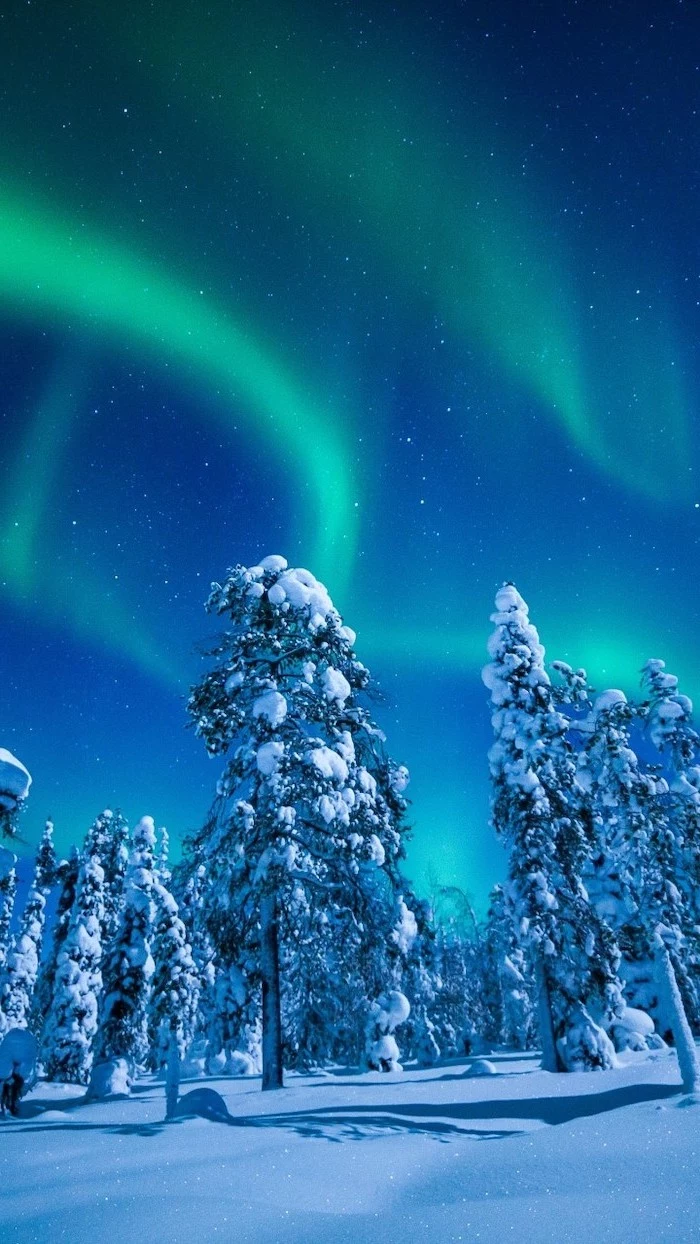
Quick pro-nugget: Turn on your camera’s “highlight alert” or “blinkies” feature in the menu. After you take a shot, if any parts of the image are overexposed, they will blink at you on the screen. A few little blinks are okay, but if the whole snowfield is flashing, you’ve gone too far. You want the histogram to kiss the right edge, not crash into it!
Finding a Photo in a World of White
A snow-covered landscape can feel beautiful but… empty. The trick is to find structure, a focal point that gives the viewer’s eye a place to land. Imagine a photo of just a flat, white field. A little boring, right? Now, imagine the same shot, but you’ve walked a few feet to the left to include a crooked, dark fence post in the foreground. Suddenly, the image has depth and a story.
Look for things like:
- Leading Lines: A curving riverbank, a fence, or even your own tracks in fresh snow can pull the viewer into the frame.
- Strong Subjects: Find a point of interest. A lone tree, a bright red barn, a dramatic rock. Without a subject, it’s just a picture of snow.
- Color Contrast: Keep an eye out for anything that isn’t white or blue. The deep green of a pine branch, the warm orange of a sunrise, or even a person in a colorful jacket can make an image pop.
- Negative Space: Sometimes, the emptiness is the point. A single tiny subject in a vast, blank field of snow can create a powerful feeling of isolation and scale. Don’t be afraid to embrace the minimalism.
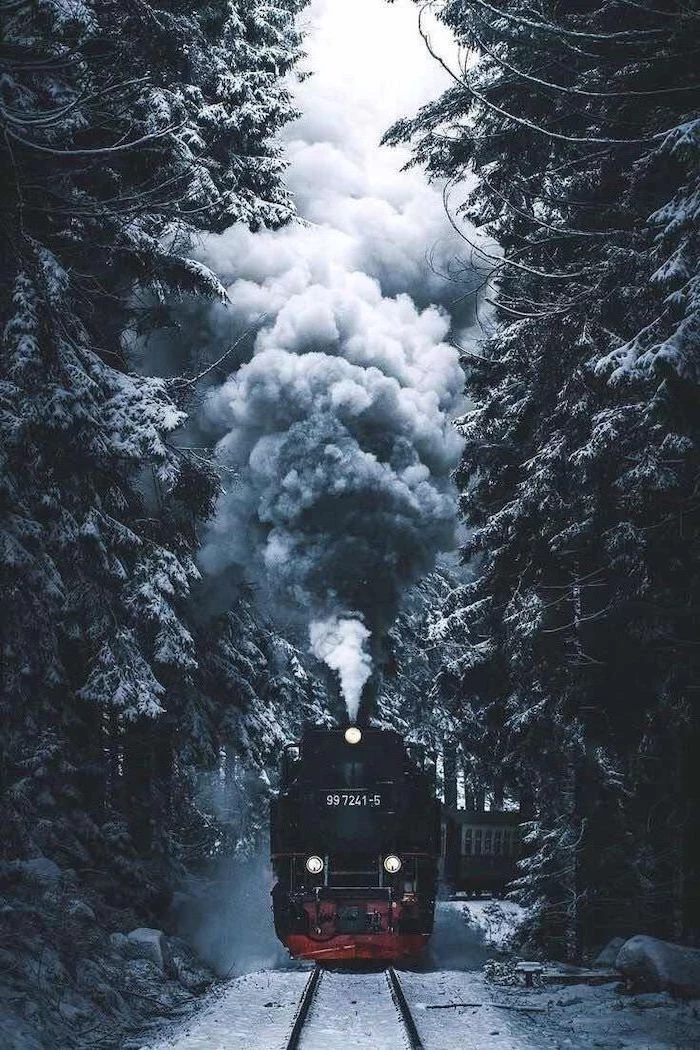
When Autofocus Fails (And It Will)
Autofocus systems often hate snow. A low-contrast scene can make the lens “hunt” back and forth, unable to lock onto anything. Don’t fight it. Just switch your lens to manual focus (MF). Use your camera’s live view screen and magnify the view on your subject. Then you can turn the focus ring by hand until it’s perfectly sharp. It’s slower, but it’s 100% reliable.
A Serious Note on Safety
Okay, let’s have a serious talk for a second. No photograph is worth your life. Winter is gorgeous, but it’s an unforgiving environment. Your safety has to be your number one priority, always.
Hypothermia and frostbite are the biggest risks. Learn the signs—uncontrollable shivering, clumsiness, confusion, or loss of feeling in your fingers and toes. If you start to feel any of that, the photoshoot is over. Period. Get to shelter and warm up.
And if you’re heading into the mountains, you MUST be educated about avalanche risk. A beautiful, untouched slope of powder can be a deadly trap. Check the local avalanche forecast before you go. If you’re venturing into the backcountry, you and everyone in your group must carry and know how to use an avalanche beacon, shovel, and probe. Taking a certified avalanche safety course is a non-negotiable step for any serious mountain photography. Sometimes, the smartest and bravest decision is to just stay home.
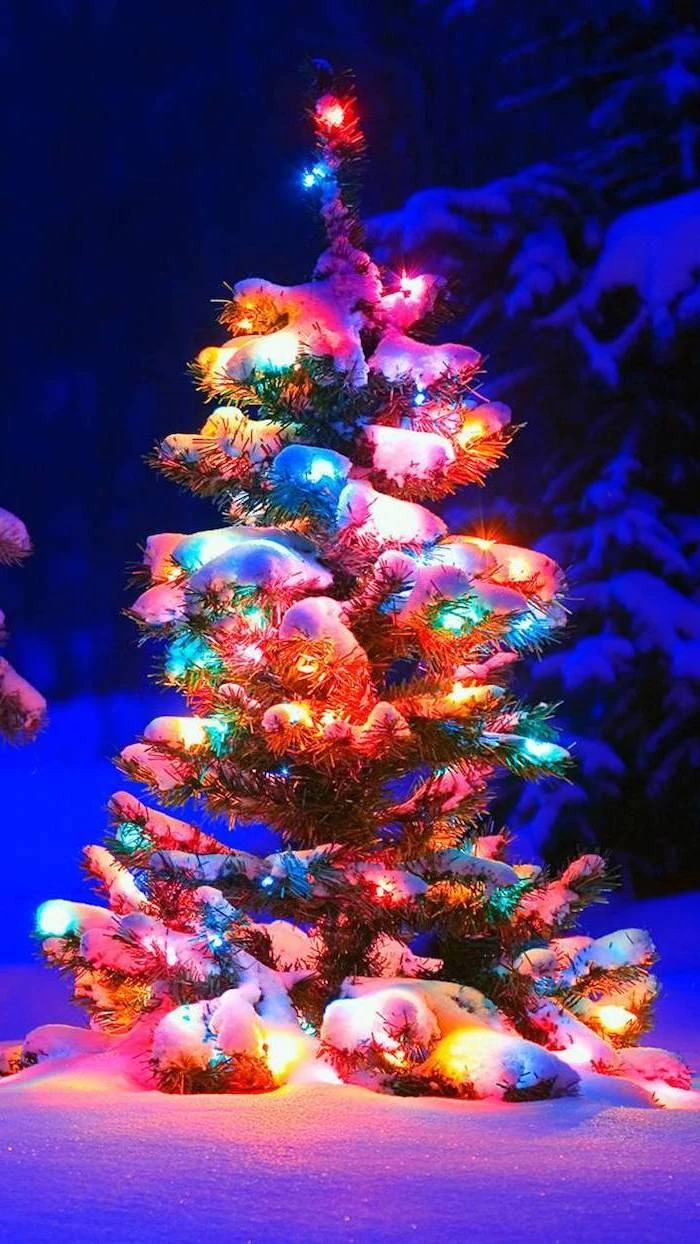
Finally, always tell someone exactly where you are going and when you plan to be back. Pack extra food, water, a headlamp, and a basic first-aid kit. For remote areas with no cell service, a satellite messenger (which can cost around $150-$300 plus a subscription) is a brilliant piece of life-saving tech.
Bringing Your Vision to Life in Post-Processing
Alright, you’re back inside, your camera is safely warming up in its bag (you remembered that, right?), and you’ve got a hot drink. The work isn’t quite done. Editing your RAW files is where you bring the scene back to how you felt it.
The first and most important step is adjusting the White Balance. Your camera probably made the snow look a little too blue. I usually adjust it so the snow looks clean and white, but I make sure to leave a little bit of blue in the shadows to keep that “cold” feeling.
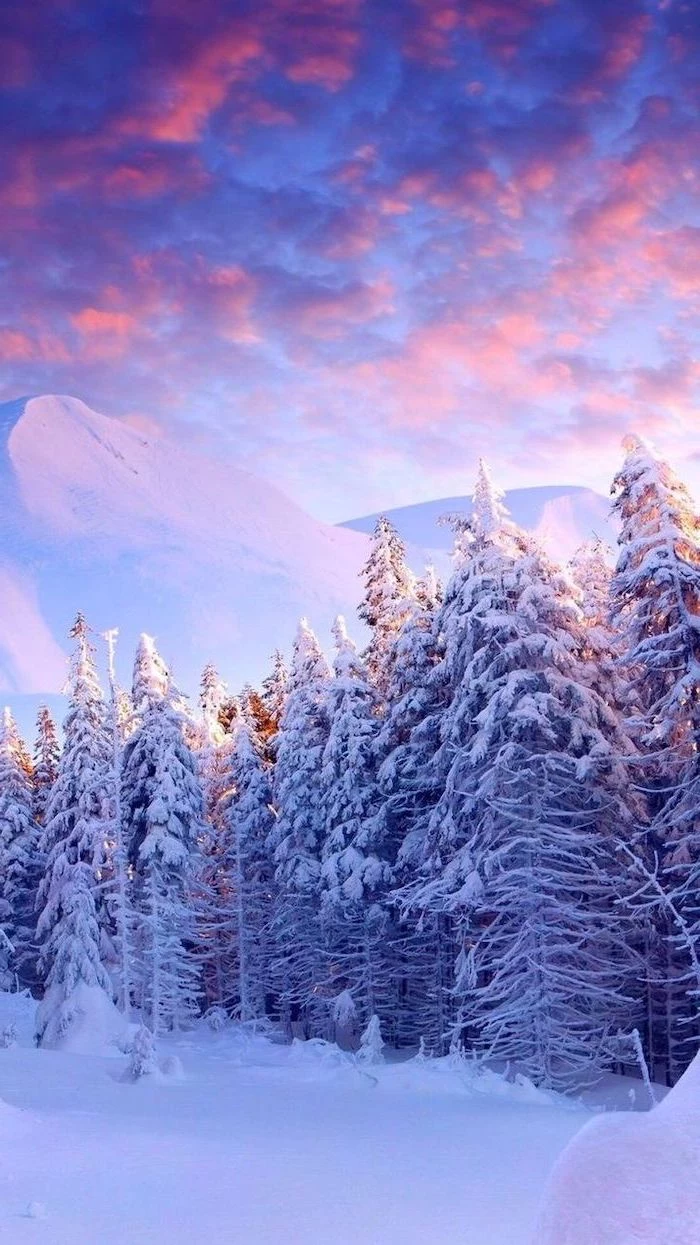
Next, I tweak the Exposure and Contrast. This is where shooting in RAW format is a lifesaver. You can often pull back the highlights to reveal beautiful textures in the bright snow and lift the shadows to show detail without making it look grainy. A gentle ‘S-curve’ in the tone curve tool is a great way to add a nice pop of contrast that makes the image feel more dynamic.
Winter photography is a challenge, for sure. It asks for more from you—more technical skill, more physical prep, and a whole lot of respect for nature. But the rewards are incredible. You learn to see beauty in quiet moments. You create images with a power that lasts. So dress warm, keep your batteries cozy, and get out there. The cold is waiting.
Inspiration Gallery
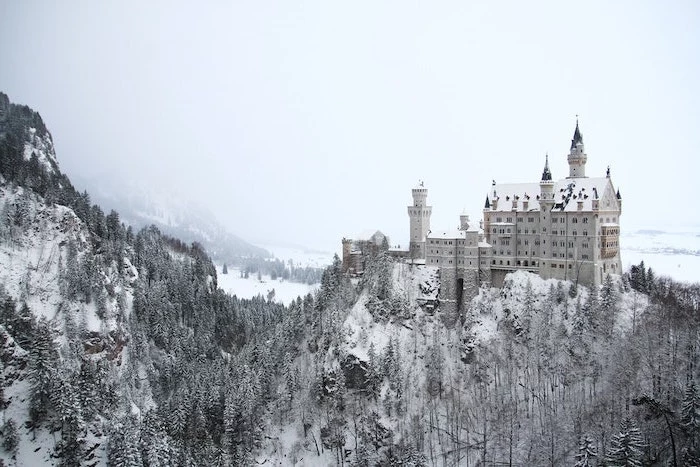
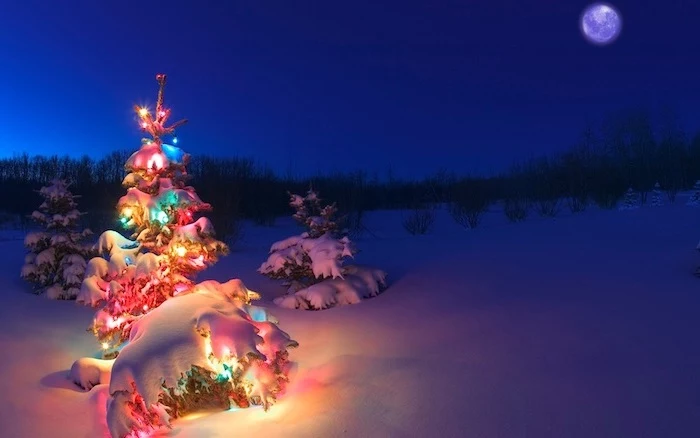
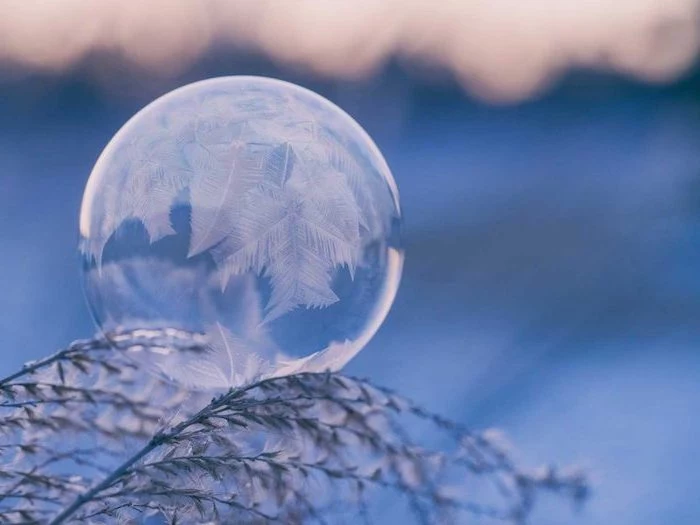
Cold is the enemy of batteries: A fully charged battery can lose over 50% of its power in freezing temperatures. Keep your spares inside a warm pocket, close to your body, and only swap them into the camera when needed.
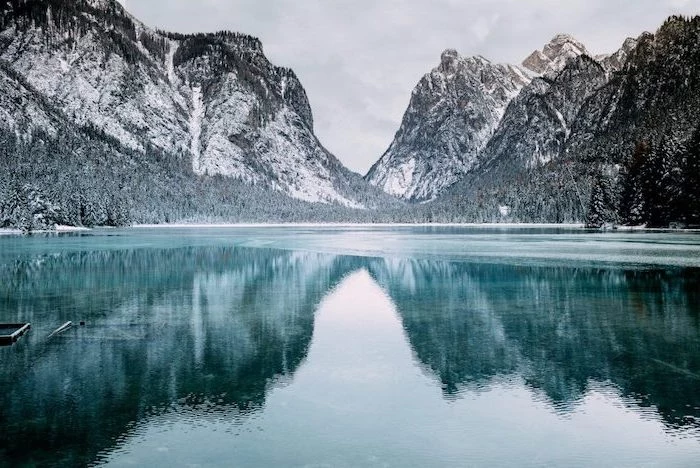
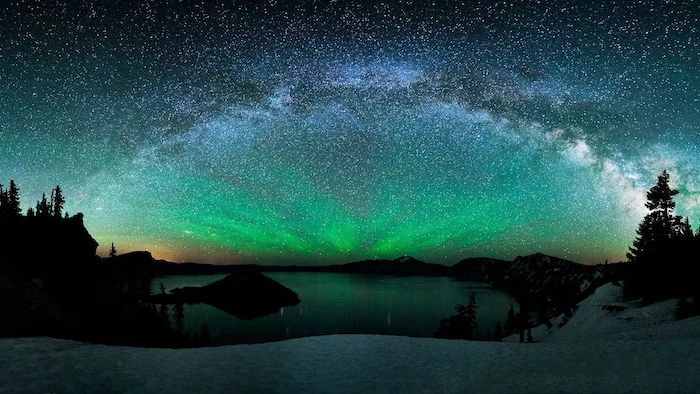
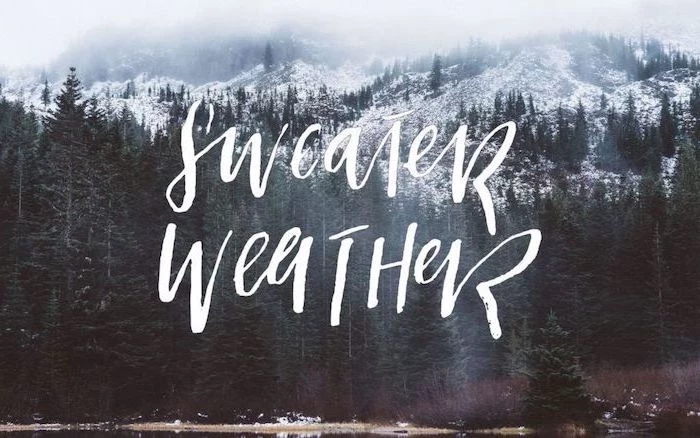
Coming in from the cold and your lens instantly fogs up?
That’s condensation. To prevent it, place your entire camera bag in a sealed plastic bag before you go inside. Let it slowly acclimate to room temperature for a few hours before opening. This simple trick can save your gear from internal moisture damage.
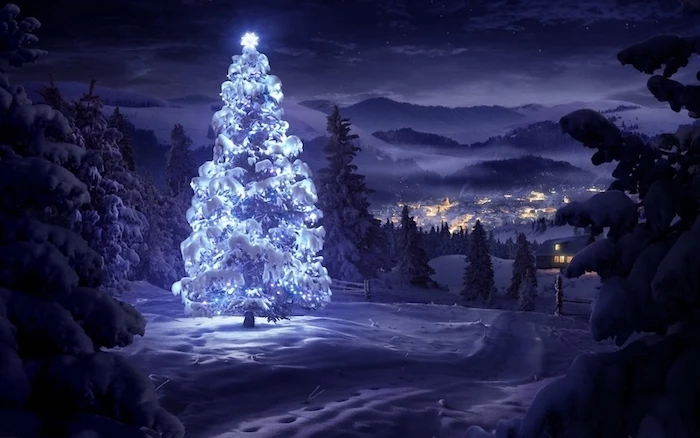
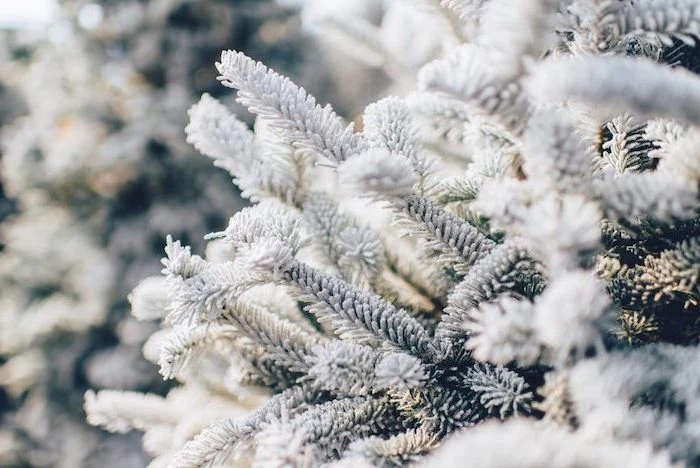
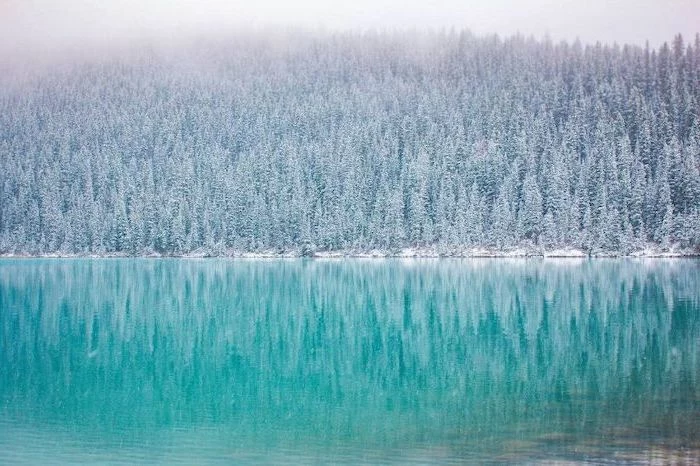
Carbon Fiber Tripod: Significantly lighter and doesn’t get as painfully cold to the touch. The material dampens vibrations well, but it’s the pricier option.
Aluminum Tripod: Heavier and gets icy cold fast (don’t touch it with bare hands!), but it’s sturdy and much more budget-friendly.
For a serious winter shooter, the weight and thermal benefits of a carbon fiber model like those from Peak Design or 3 Legged Thing often justify the cost.
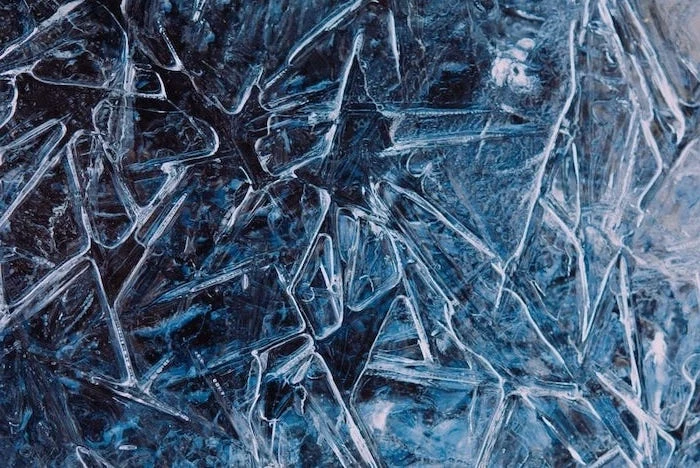

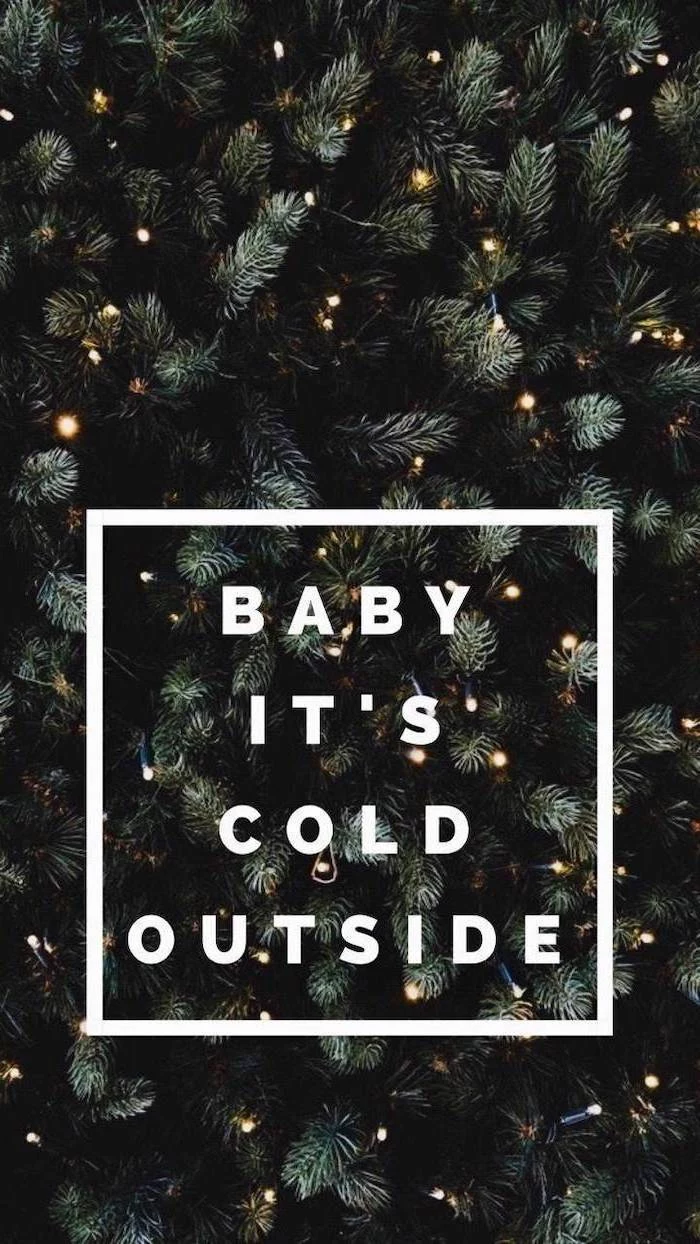
- Extra microfiber lens cloths (one will inevitably get damp).
- A small, soft brush to gently remove snow from the camera body and dials.
- Chemical hand warmers—not just for your hands, but to rubber-band to your battery grip.
- A thermos of a hot beverage. It’s for morale as much as warmth.
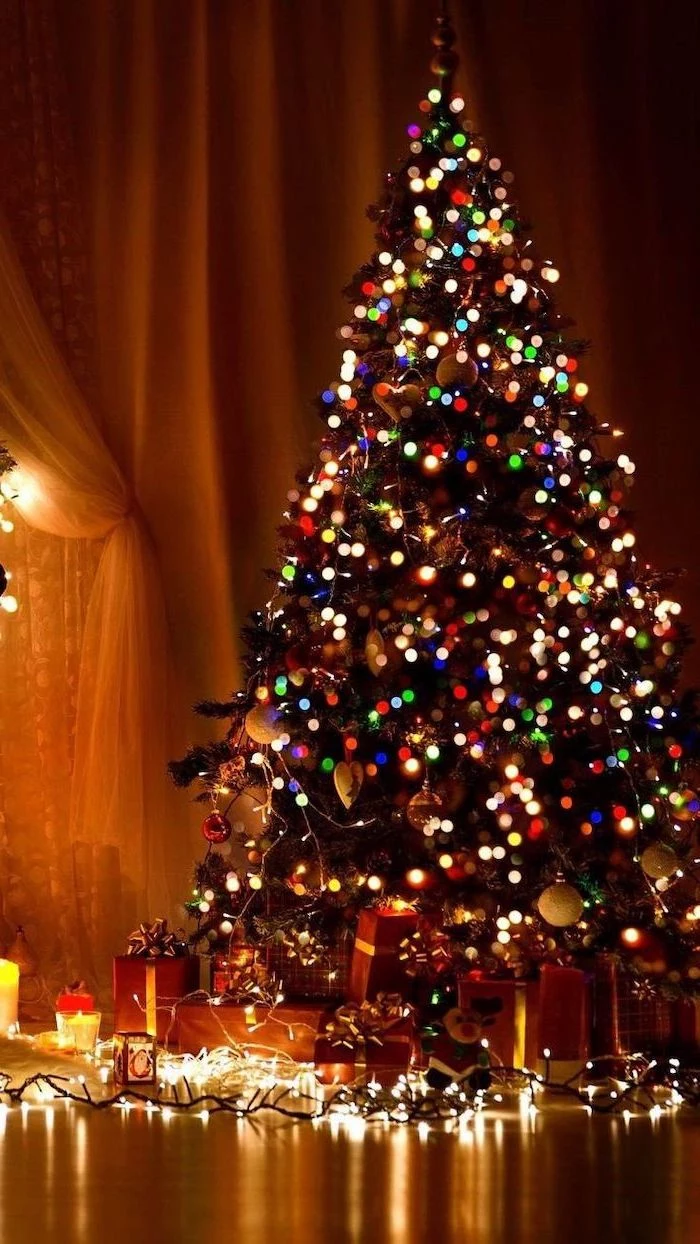
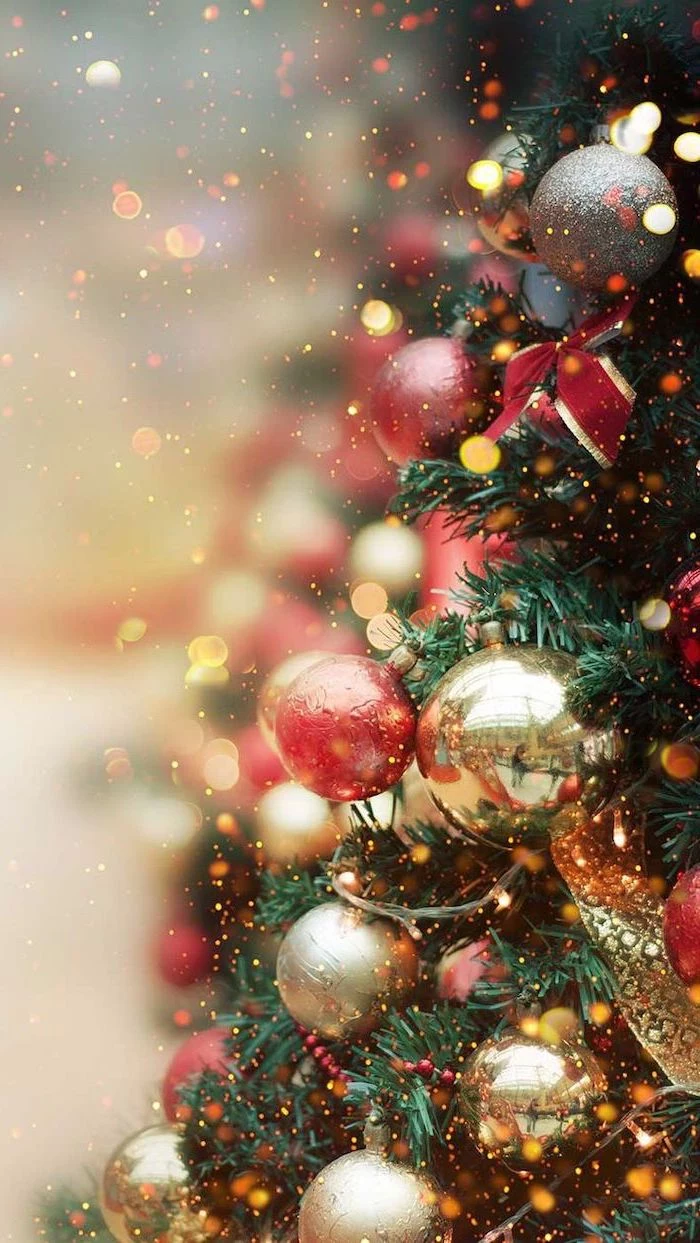
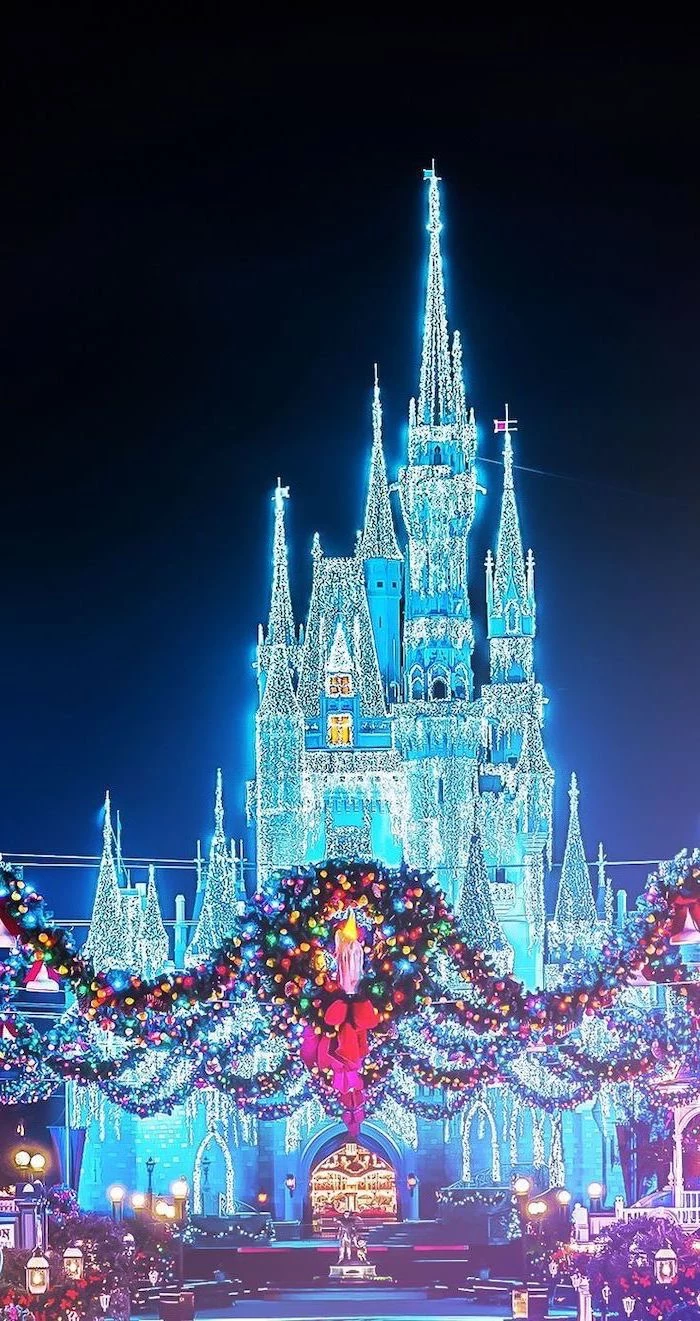
Fresh snow can reflect up to 90% of the visible light that hits it.
This immense reflectivity is what creates the blinding glare on a sunny winter day, but also what beautifully illuminates shadows during the ‘blue hour,’ giving you a second chance for magical light long after the sun has set.

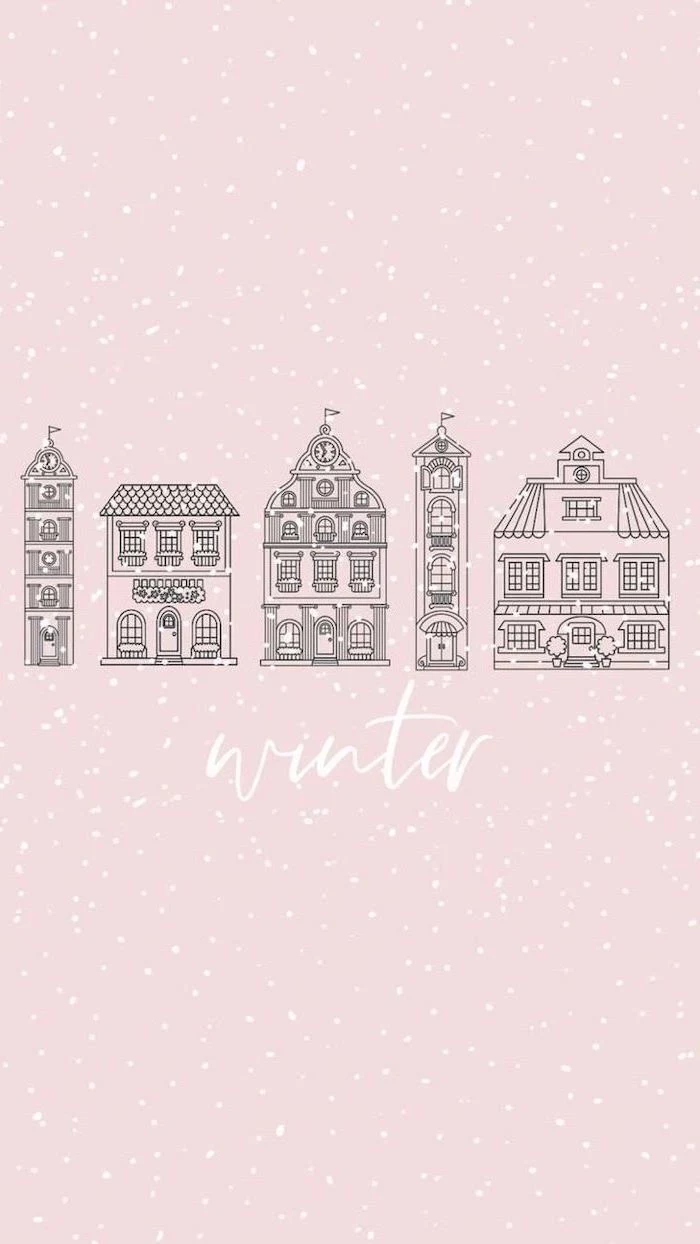
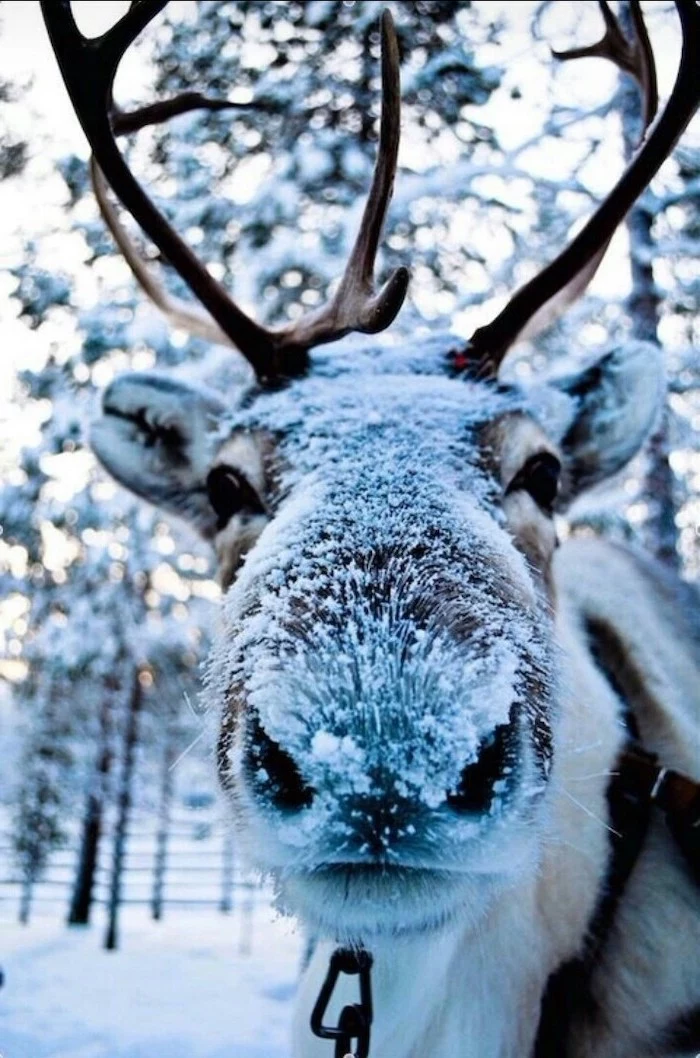
Look for the ‘winter pop’ of color. A landscape of pure white can feel monotonous. Seek out a single point of vibrant color to anchor your composition—a red barn, a brightly colored jacket on a hiker, or the deep blue of ice on a frozen lake. This contrast creates immediate visual interest and a powerful focal point.
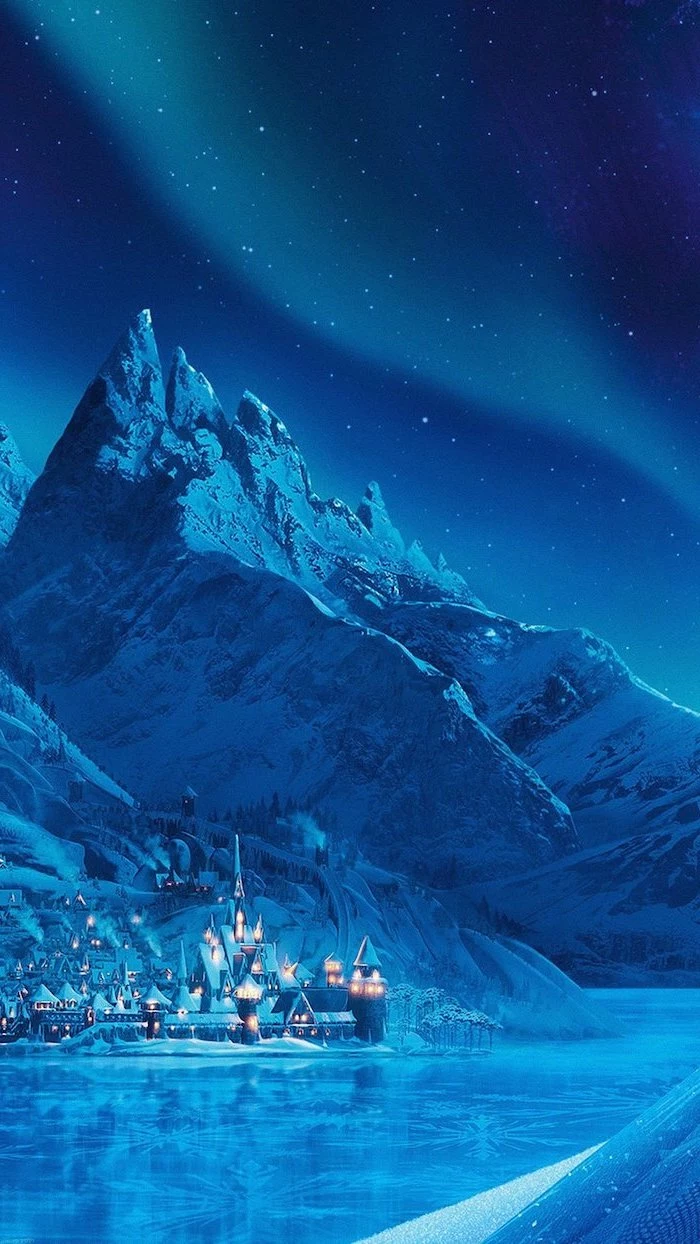
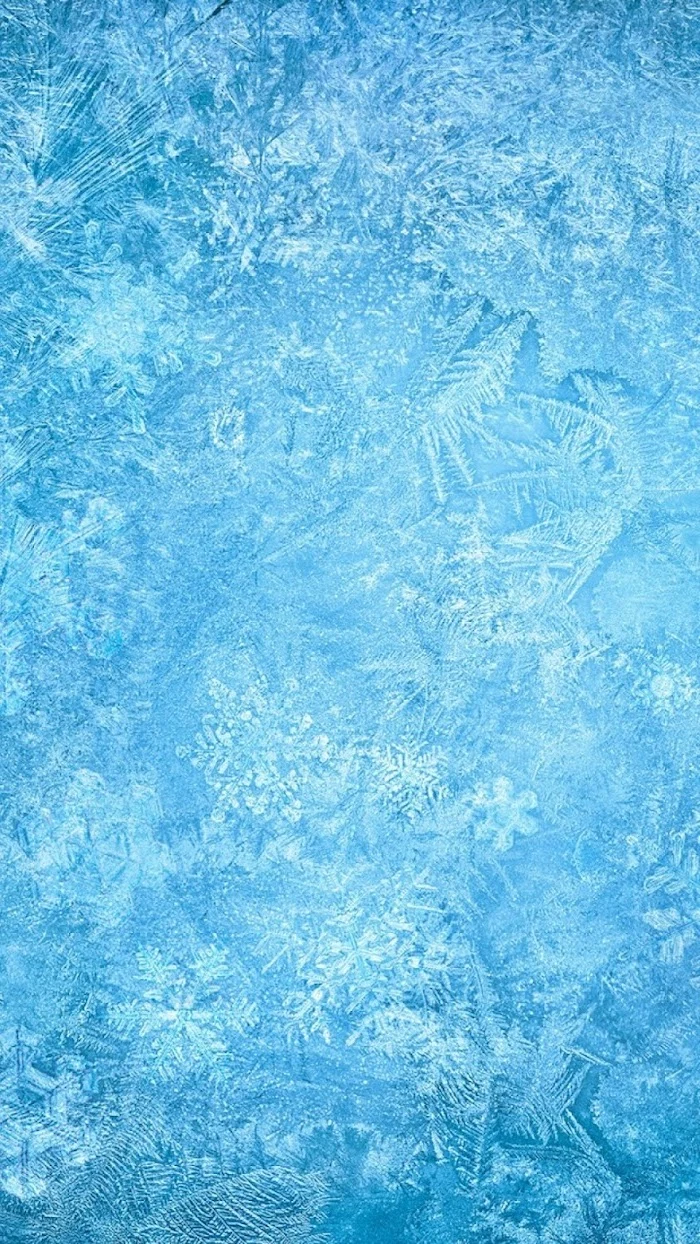
Choosing the right gloves is a constant battle between warmth and dexterity. You can’t operate tiny camera buttons with bulky ski mittens.
- Liner Gloves: Thin merino wool or synthetic liners allow for fine motor control.
- Flip-Mitts: A mitten cover flips back to expose your fingers (or the liner gloves underneath). Brands like Vallerret Photography Gloves specialize in these systems.
- Heated Gloves: For extreme conditions, battery-powered heated gloves are the ultimate solution, though costly.
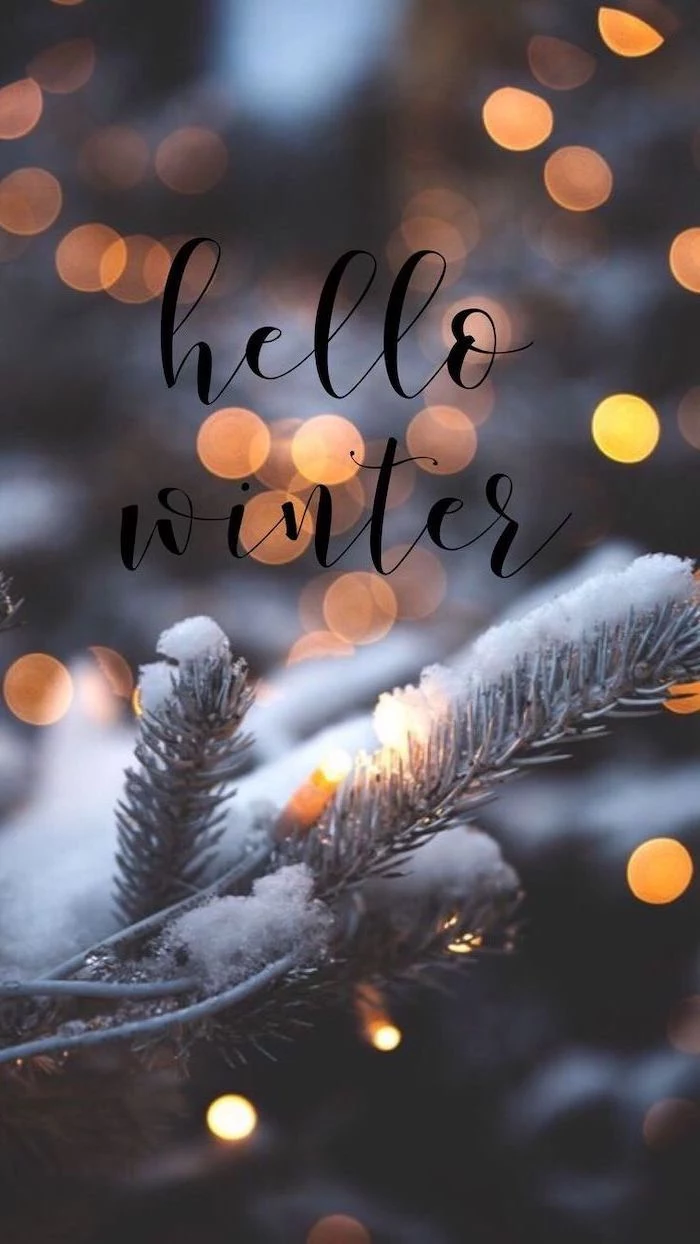
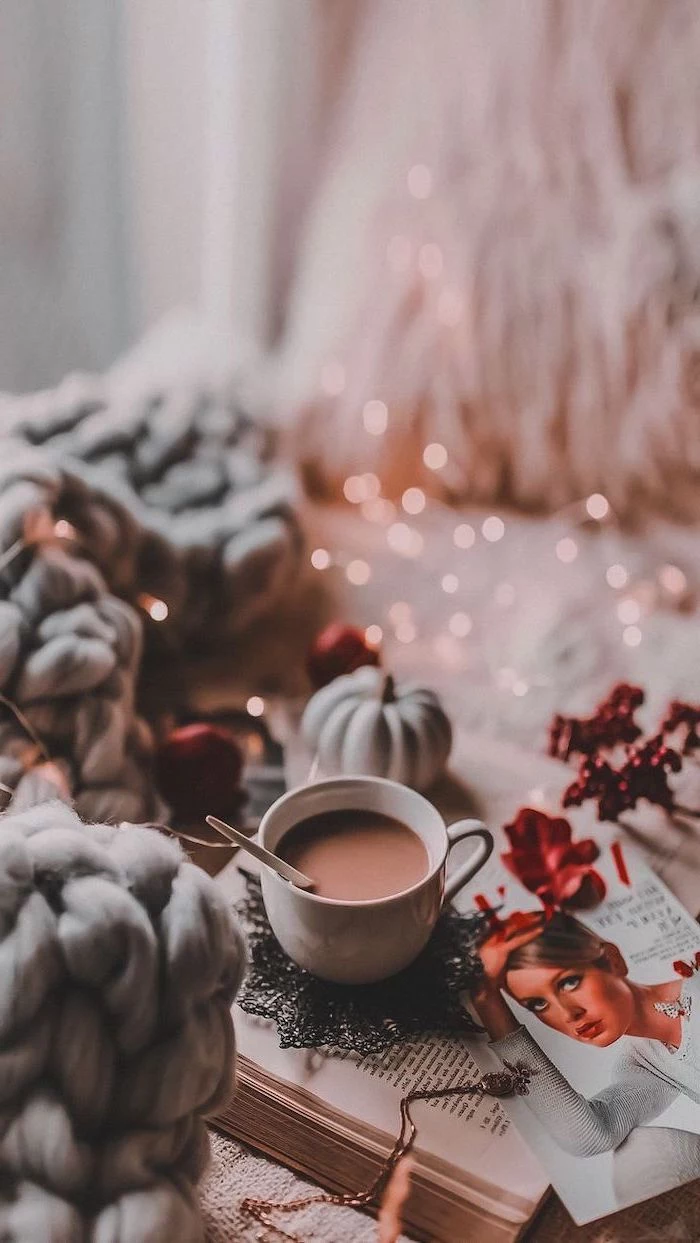

No two snowflakes are exactly alike.
While a lovely sentiment, it’s also a photographer’s dream challenge. To capture their intricate, hexagonal patterns, use a dedicated macro lens (like a 100mm) and a technique called focus stacking. Shoot on a dark, cold surface (like black wool or velvet) that you’ve left outside to chill, so the flakes don’t melt on contact.
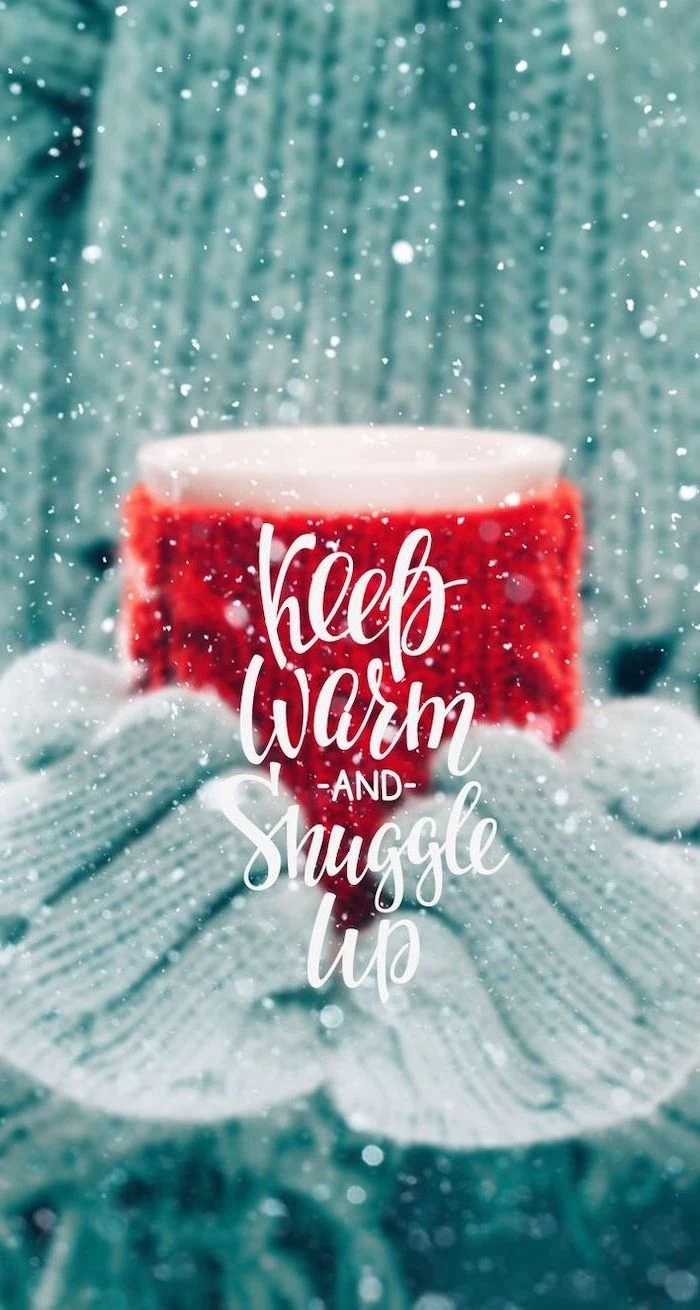

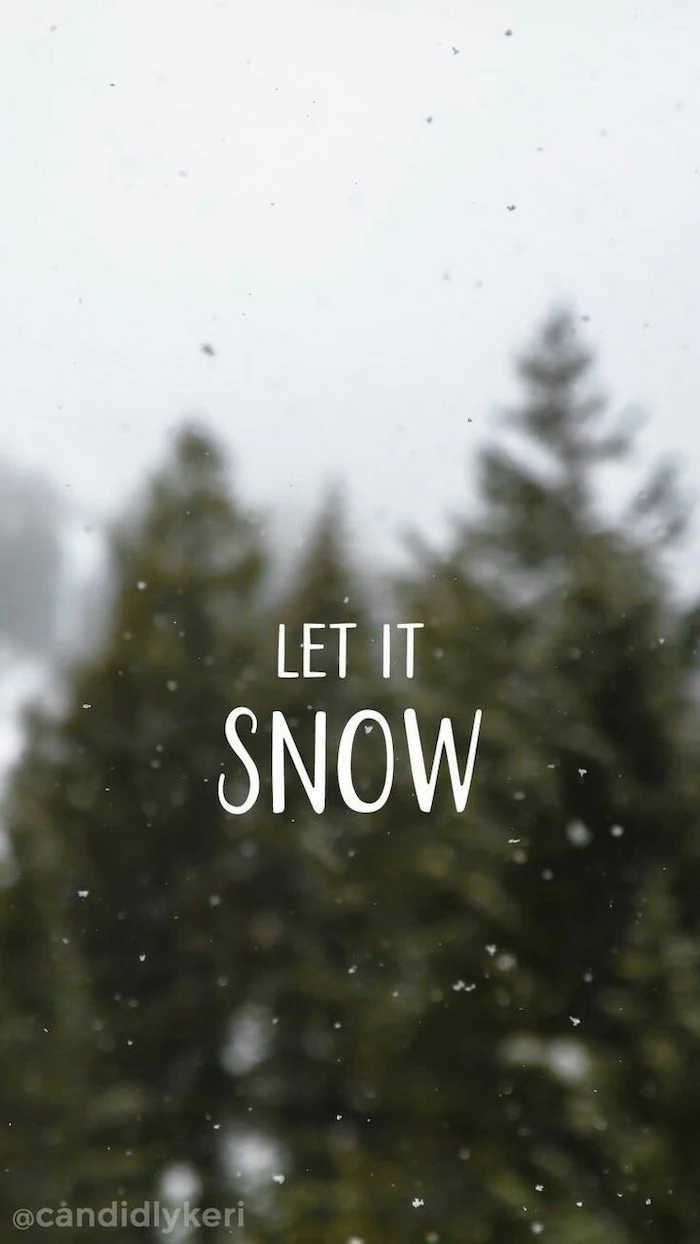
- It darkens the blue sky, creating a dramatic contrast with the white snow.
- It cuts through atmospheric haze for clearer mountain shots.
- It crucially reduces glare off ice and wet surfaces, revealing texture and detail.
The secret? A circular polarizing filter. It’s arguably the most important filter for a winter landscape photographer, even more so than on a summer day.

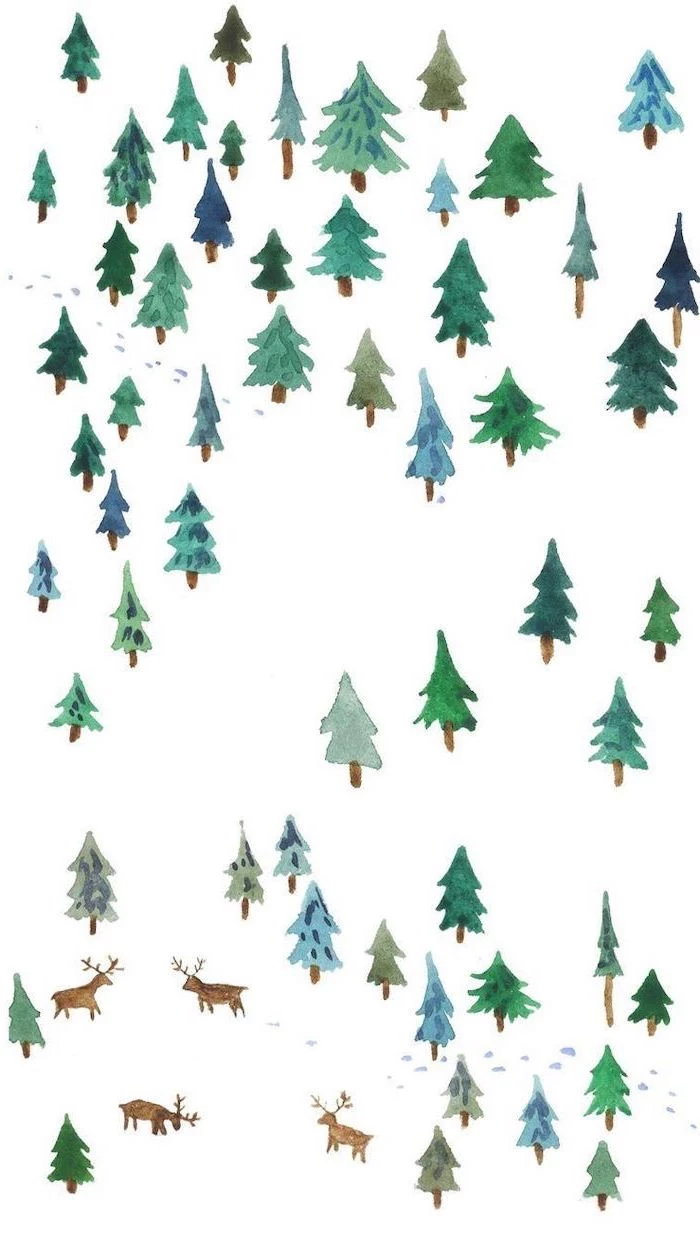
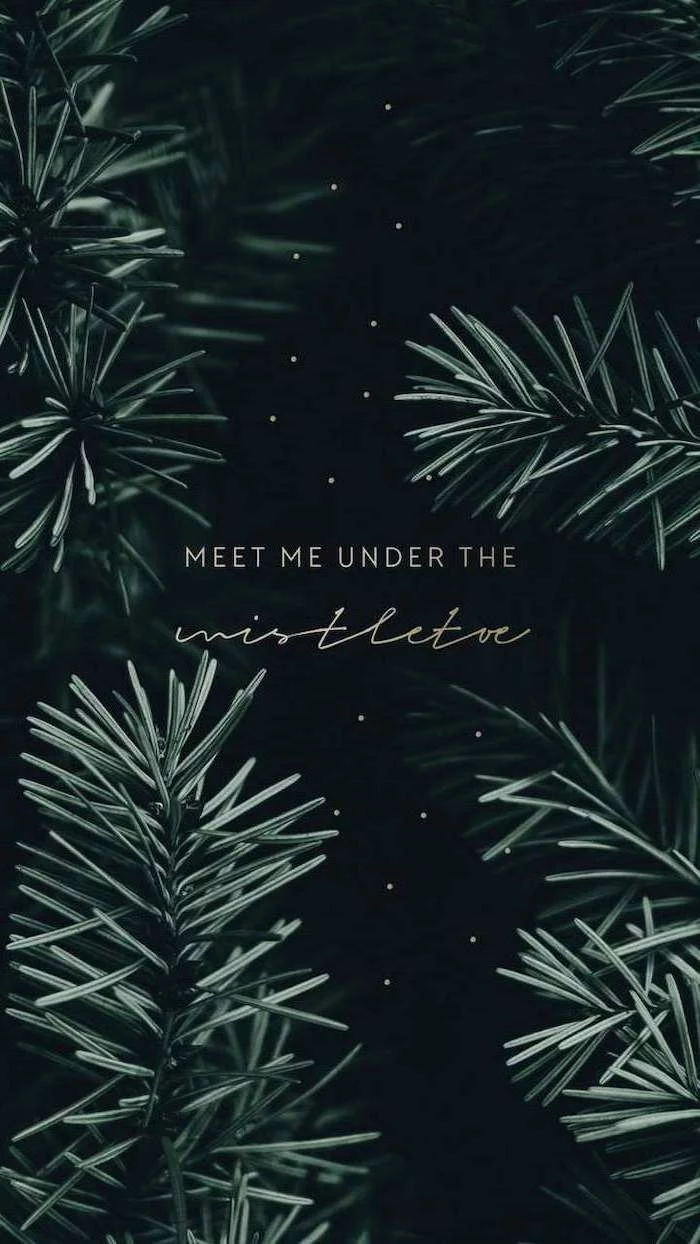
Don’t pack up after sunset. In winter, the ‘blue hour’—that period of twilight when the sun is just below the horizon—is often more magical. The low, indirect light is cast across the snow, creating soft, ethereal scenes in shades of blue and purple. It’s the perfect time to capture the quiet, peaceful mood of the season.
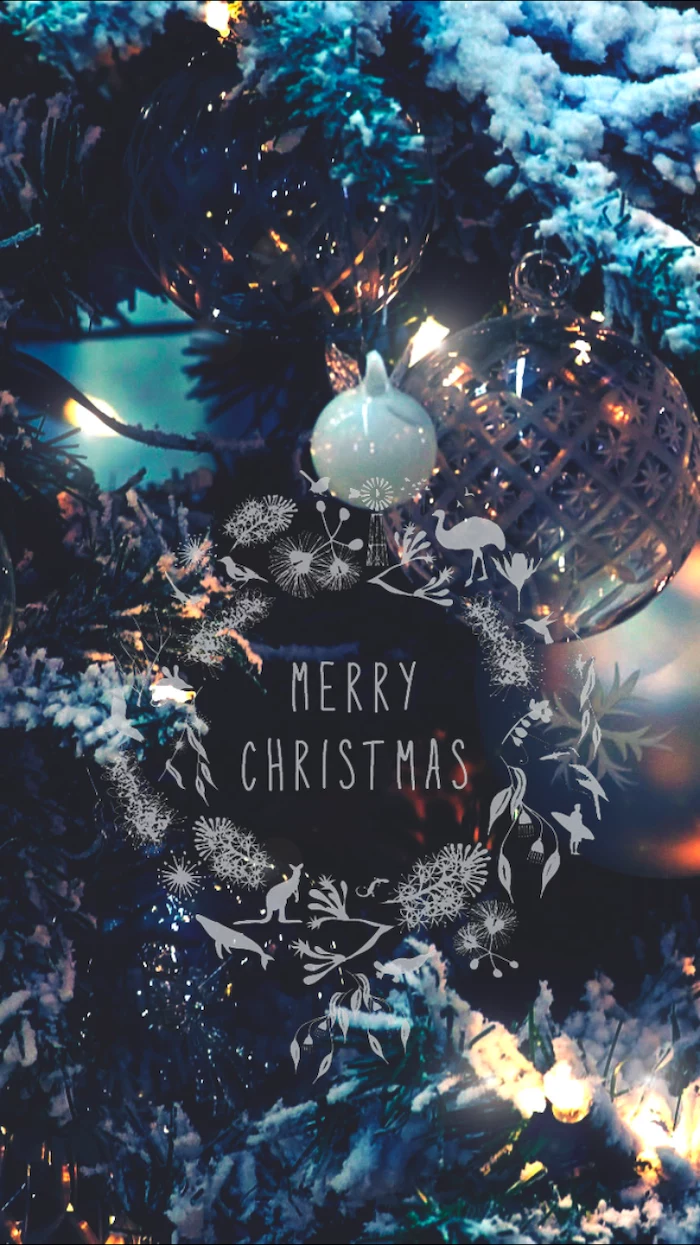


- Tell someone your exact route and when you expect to be back.
- Check the avalanche forecast if you’re in the mountains (use an official local service).
- Pack an emergency space blanket. It weighs almost nothing and can be a lifesaver.
- Wear ice cleats or microspikes like those from Kahtoola for safe walking on frozen trails.
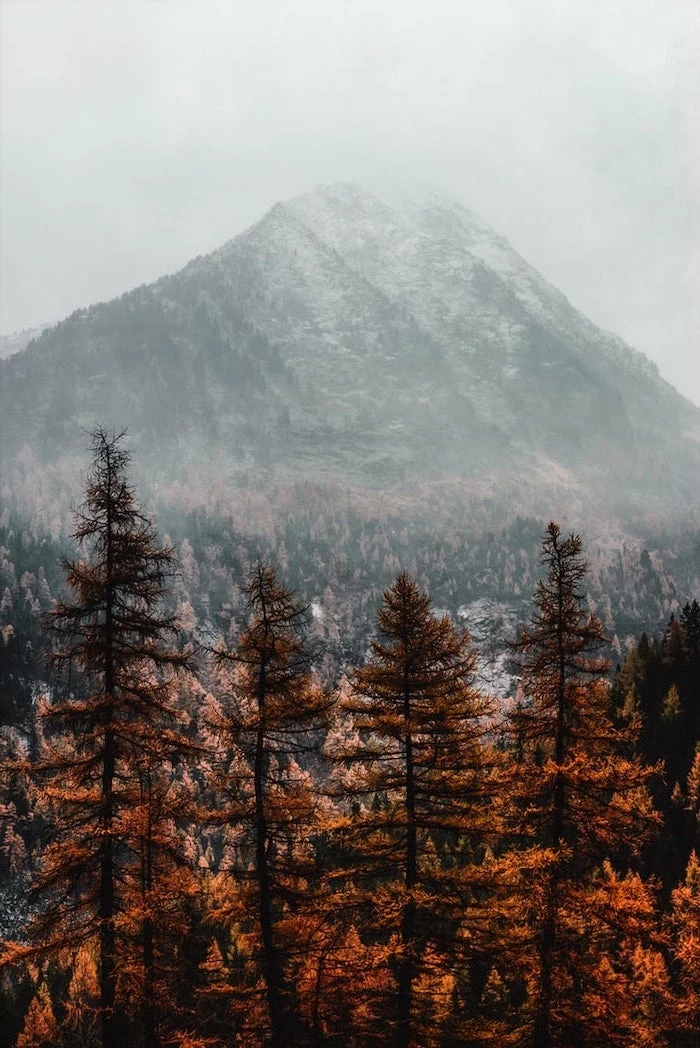
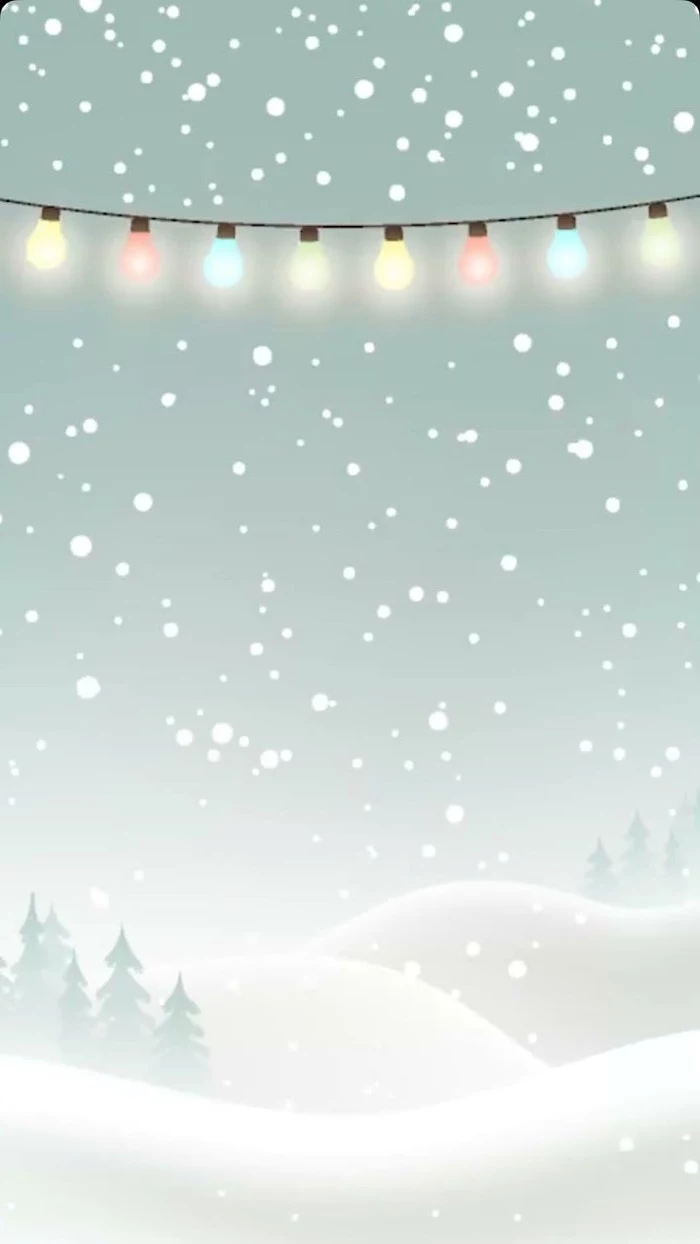

Always use your lens hood in winter, even if it’s not sunny. Its primary job isn’t just blocking sun glare. It’s a physical barrier that stops falling snow, sleet, or your own stray breath from hitting the front element of your lens, keeping it clean and clear for the shot.

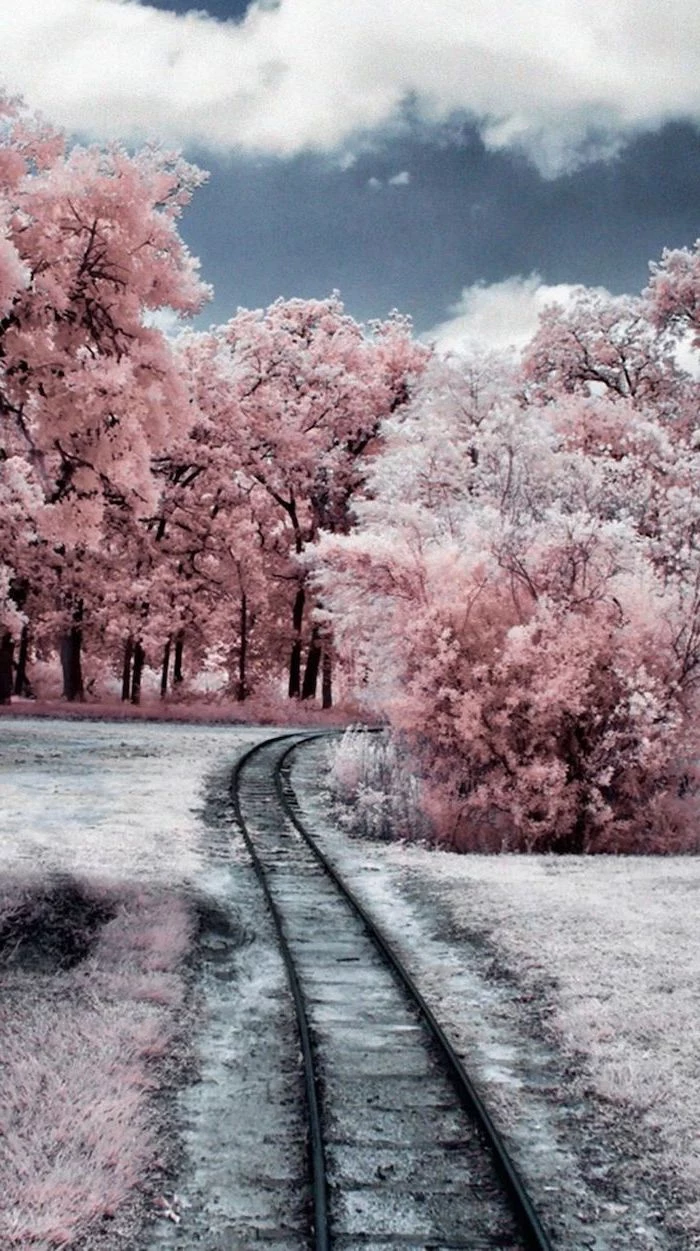
My camera can’t find focus in the snow. What do I do?
Autofocus systems struggle with low-contrast surfaces like a smooth field of snow. Switch to manual focus. If your camera has ‘focus peaking,’ turn it on—it will highlight the in-focus areas on your screen with a bright color, making it easy to nail focus on a distant tree line or a single ice crystal.

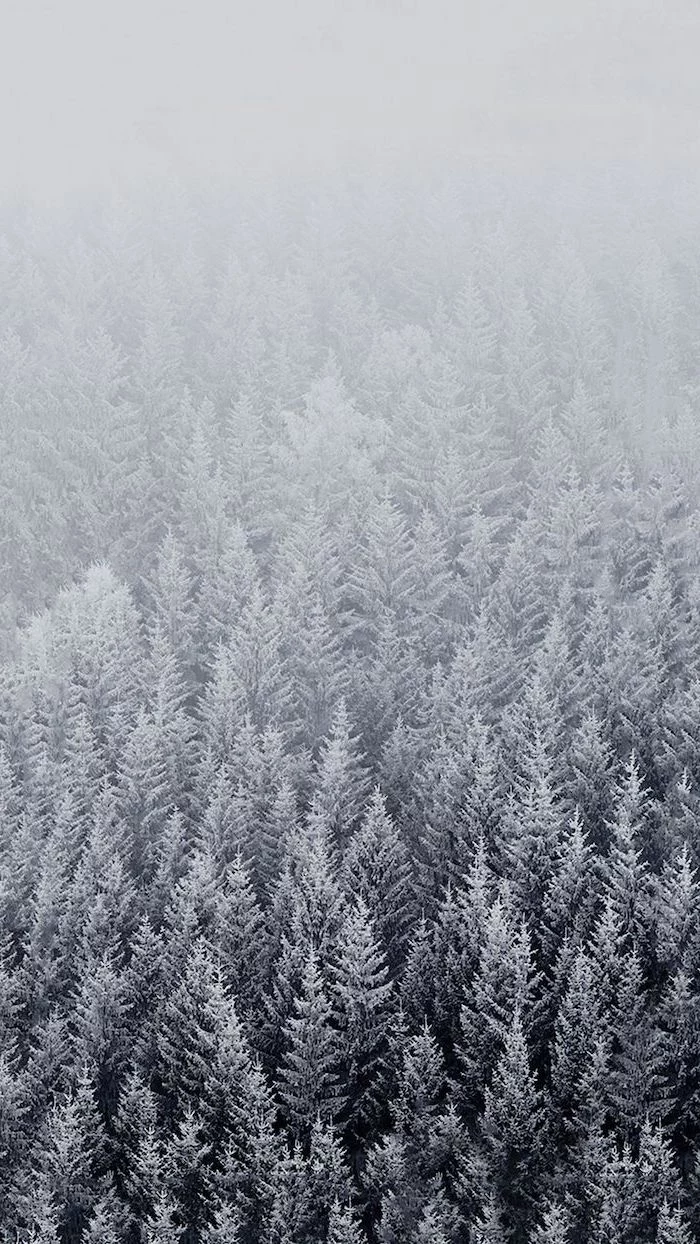
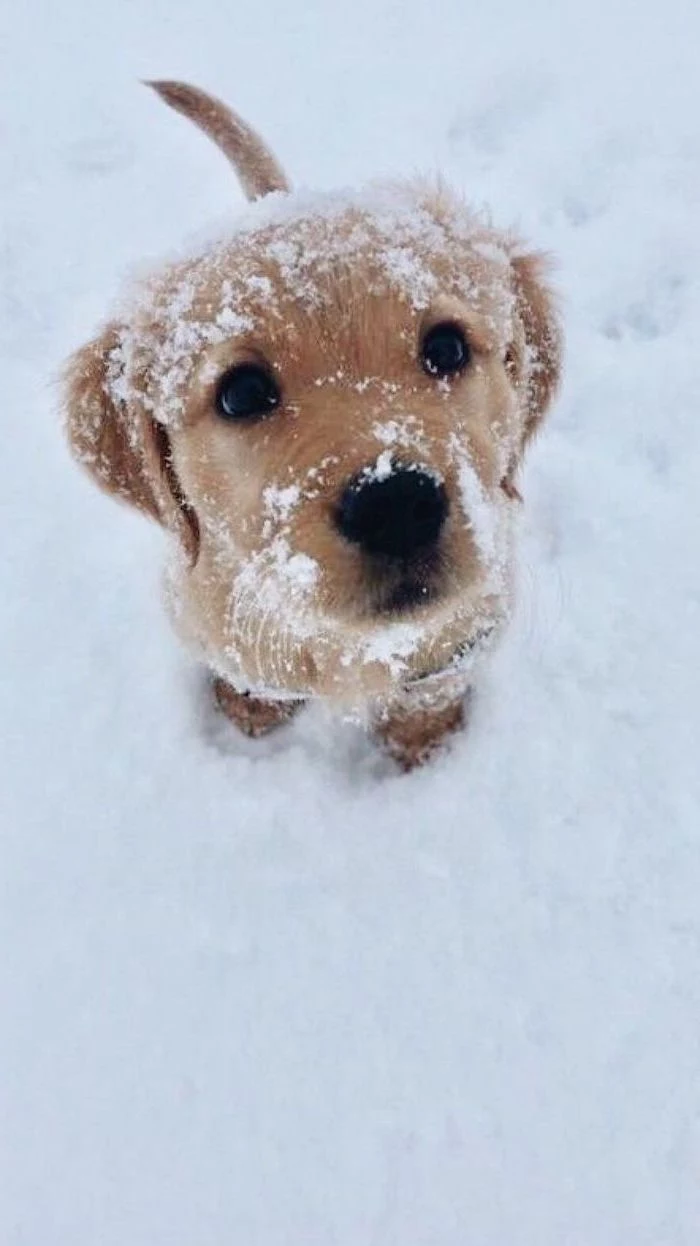
“Sometimes I do get to places just when God’s ready to have somebody click the shutter.” – Ansel Adams
Patience is the winter photographer’s greatest virtue. Often, the most stunning light appears for only a few fleeting minutes. Be prepared, be in position, and be ready for the moment the landscape reveals its magic.
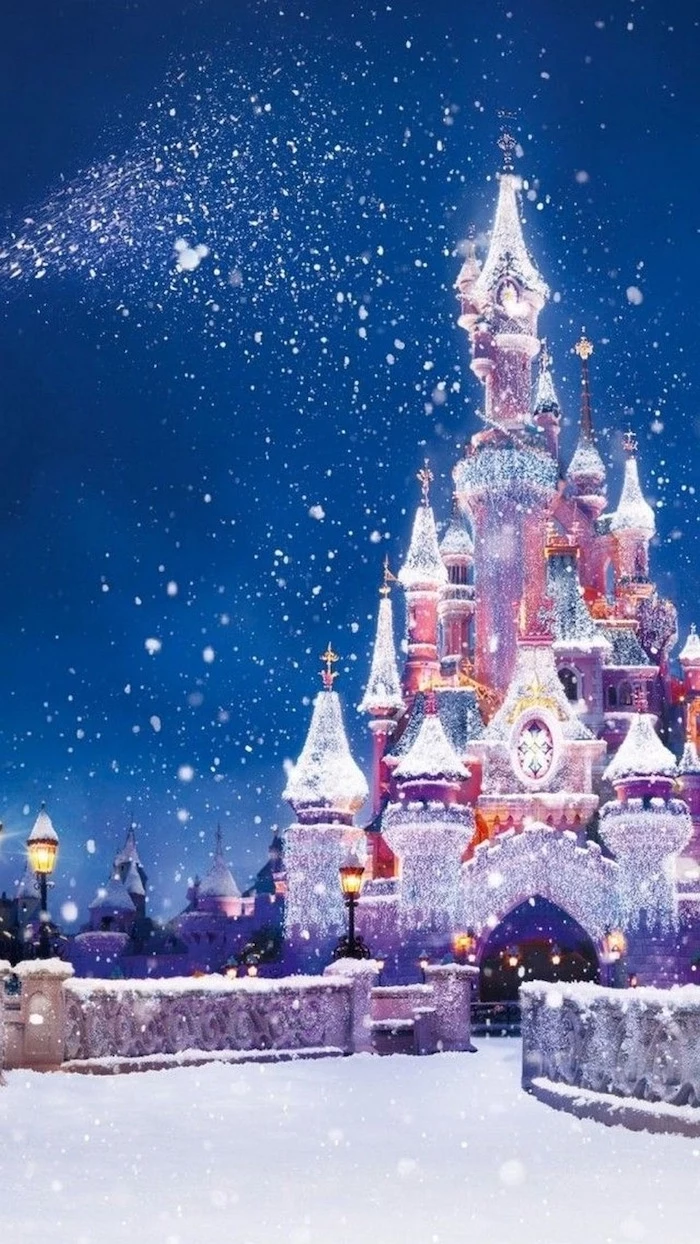
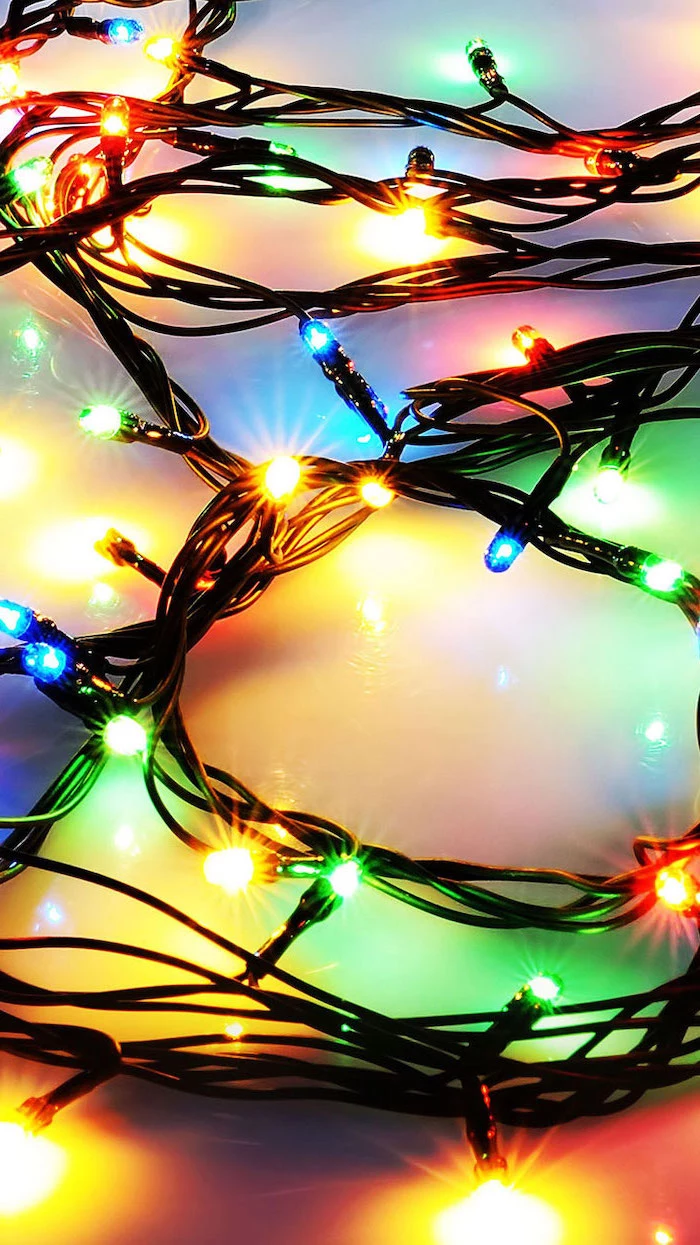
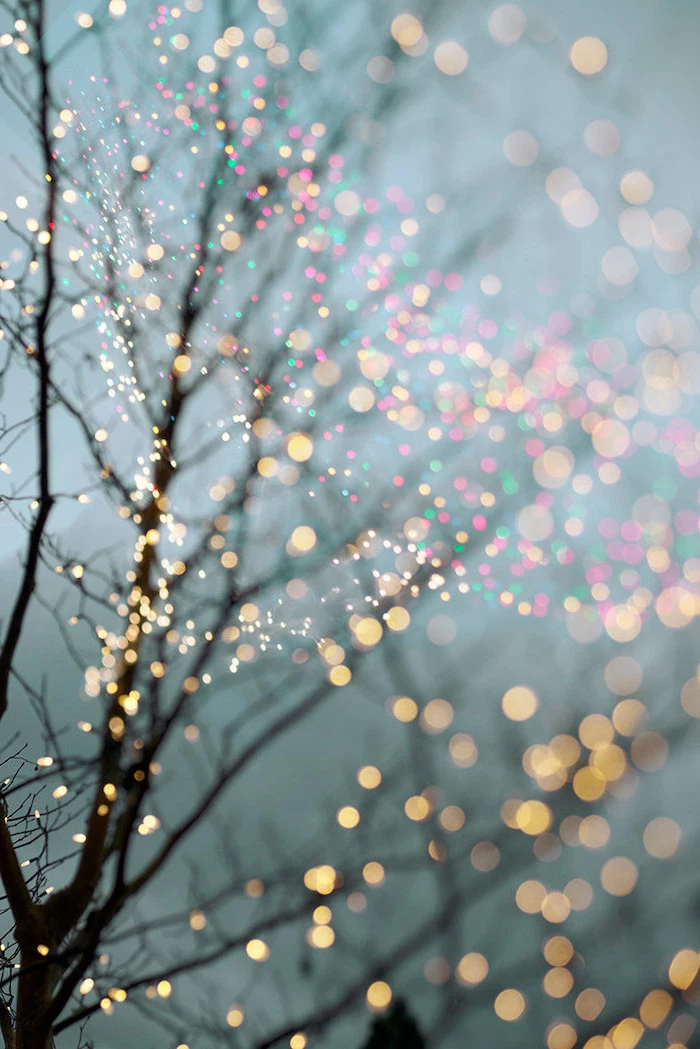
Insulated Hiking Boots: Your standard waterproof hikers are good for mild winter days, but often lack the insulation needed for standing around in deep cold.
Pac Boots: With a rubber lower and a thick, removable felt liner (like classic Sorel or Baffin boots), these are the gold standard for warmth when you’re stationary for long periods, waiting for the light.
Prioritize warmth over agility; you can’t make great art with numb feet.
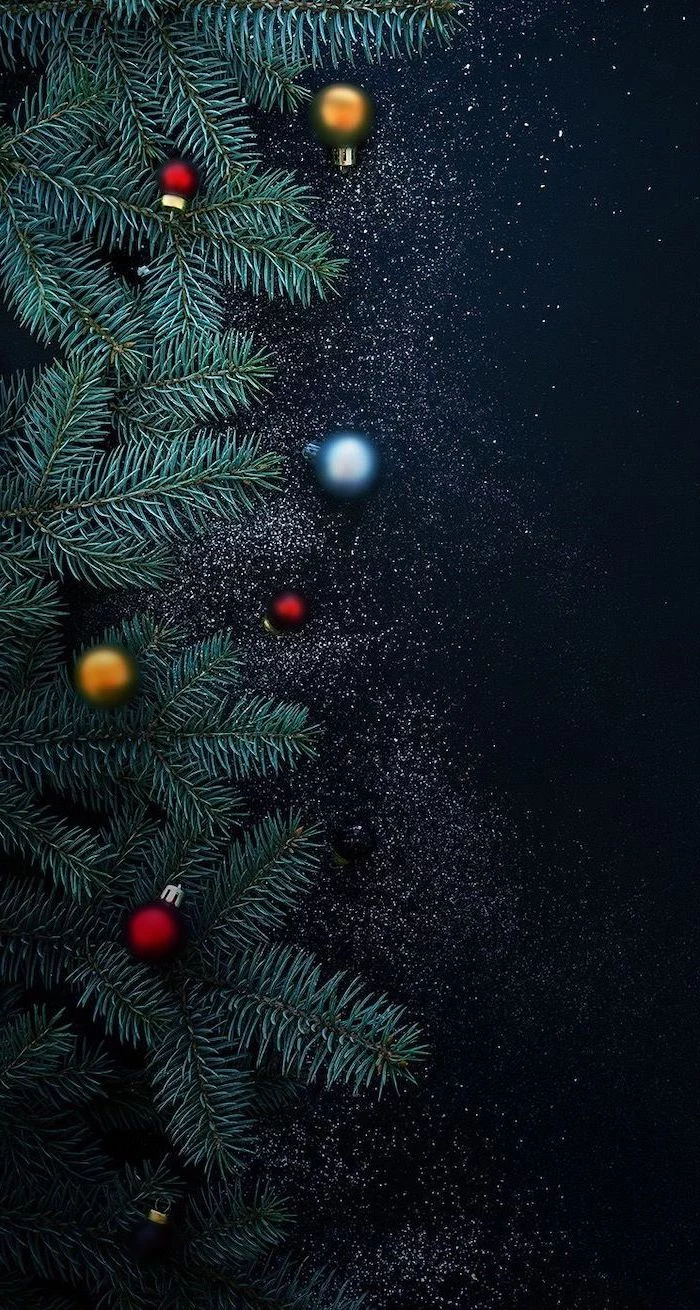
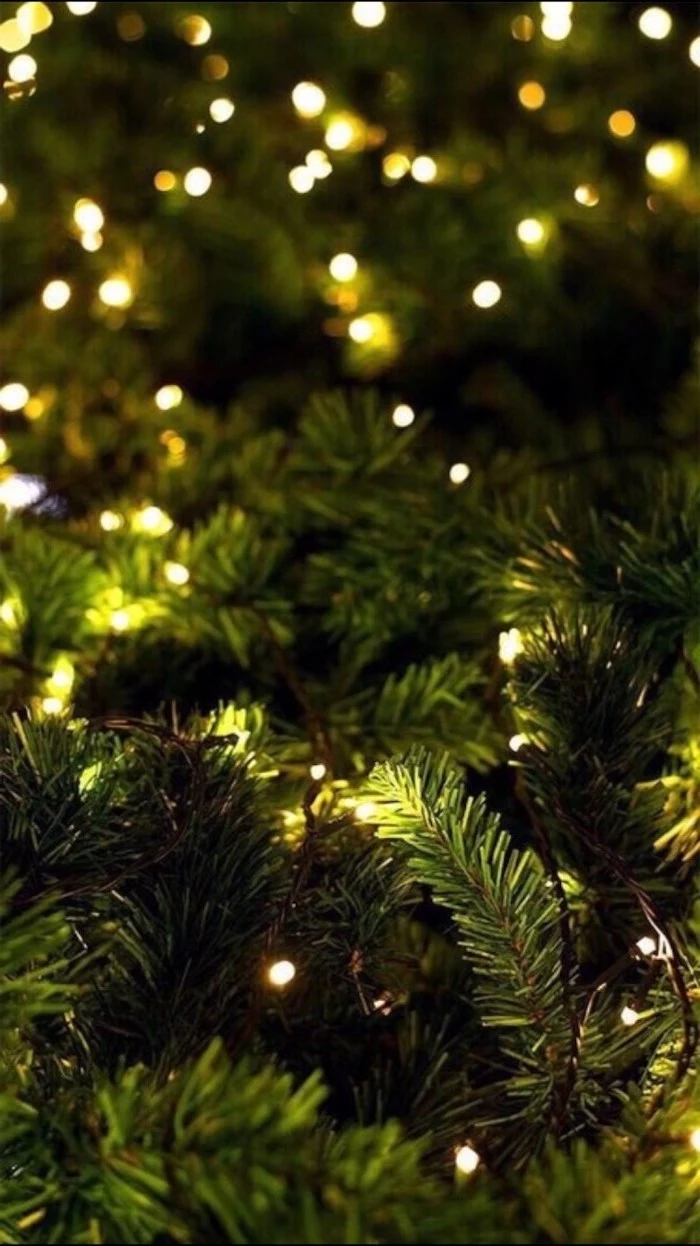
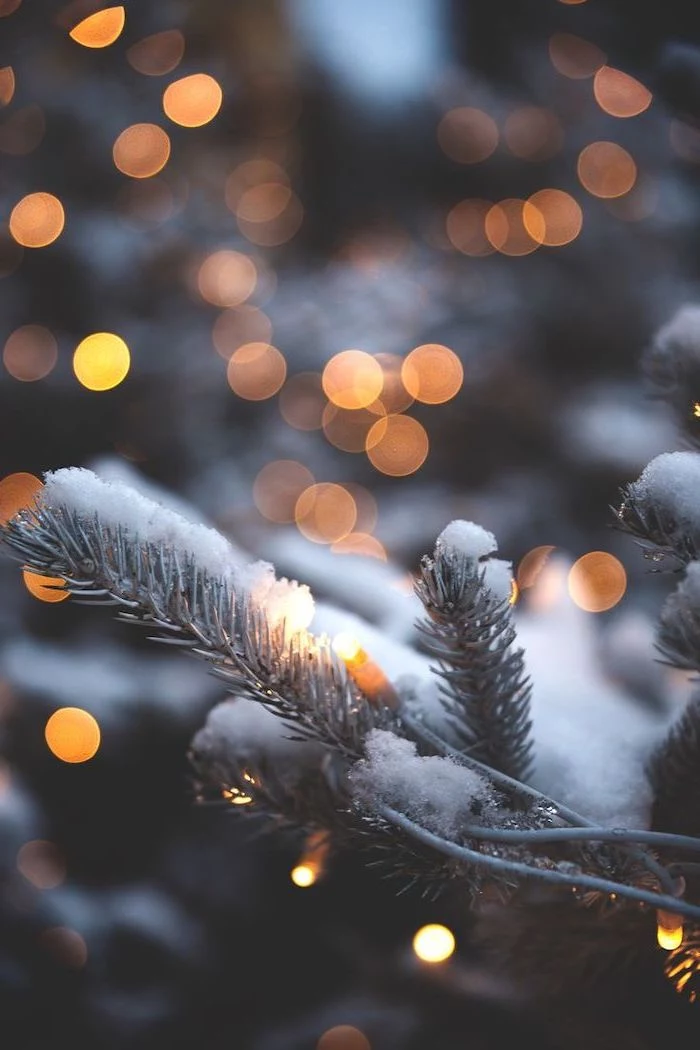
Photographing *during* a snowfall adds incredible atmosphere, but it requires a specific approach. To freeze the flakes as sharp little dots, you need a fast shutter speed.
- Set your shutter speed to 1/250s or faster.
- Use a wider aperture (like f/2.8 or f/4) to let in enough light.
- Find a dark background, like a dense forest, to make the white flakes stand out.
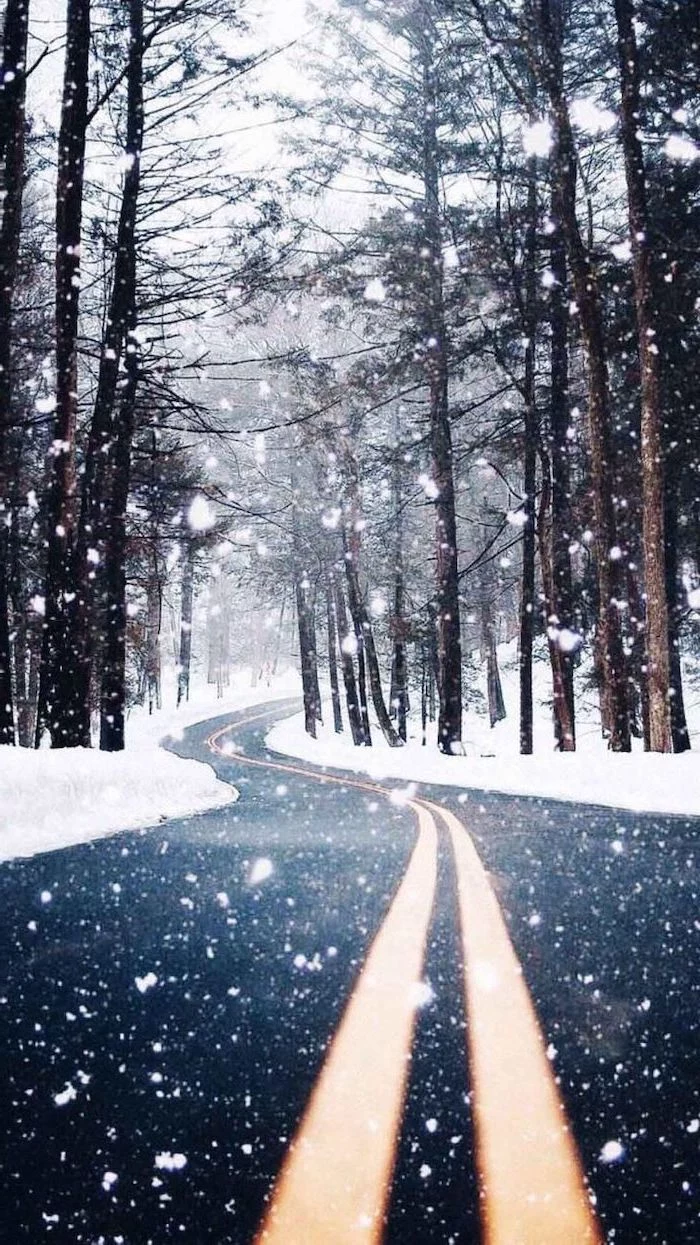
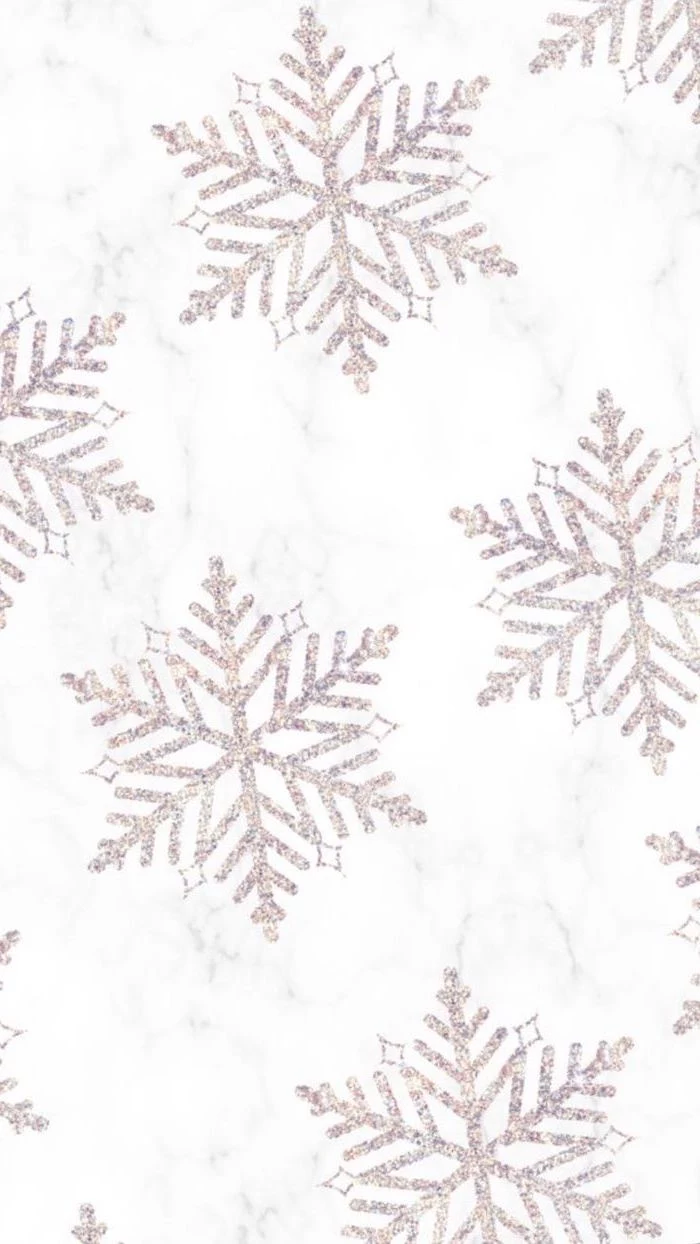
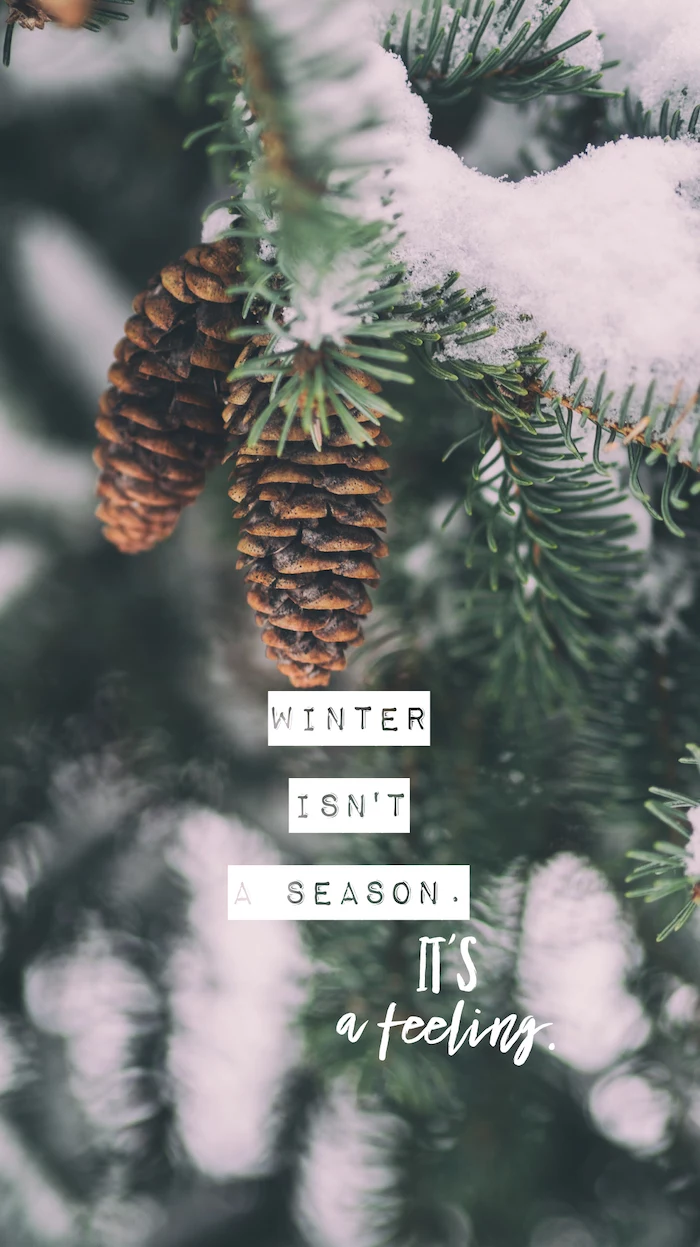
Drones offer a breathtaking perspective on winter landscapes, revealing patterns in frozen lakes and snow-dusted forests that are invisible from the ground. However, be aware that drone batteries suffer from the cold even more than cameras. Keep them warm, launch quickly, and monitor your battery life very carefully, returning with at least 30% charge to be safe.
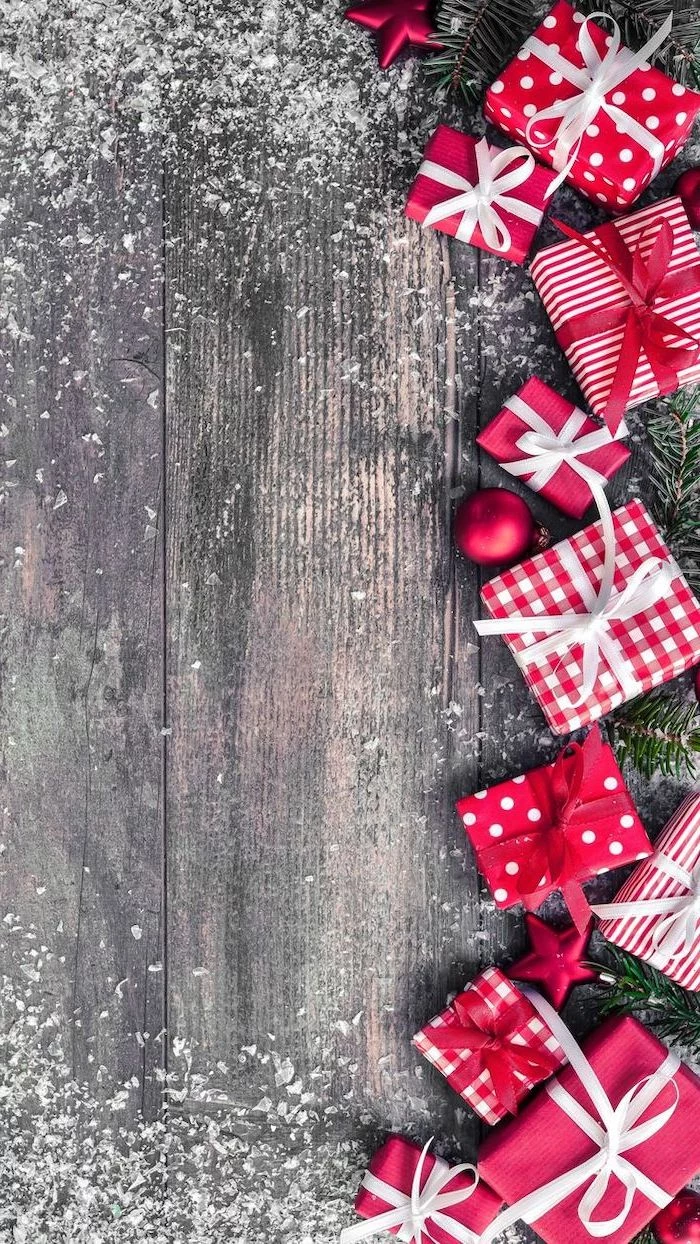
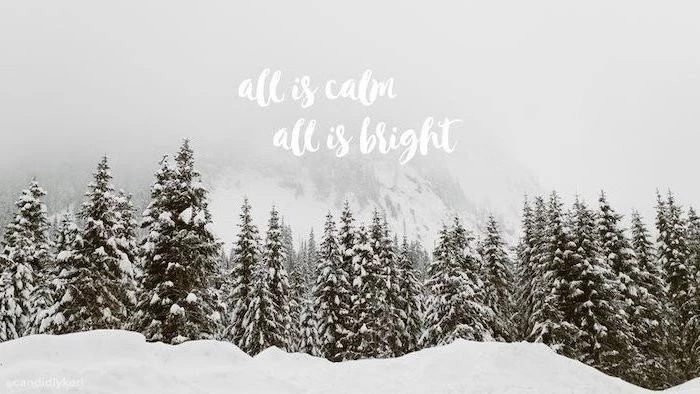
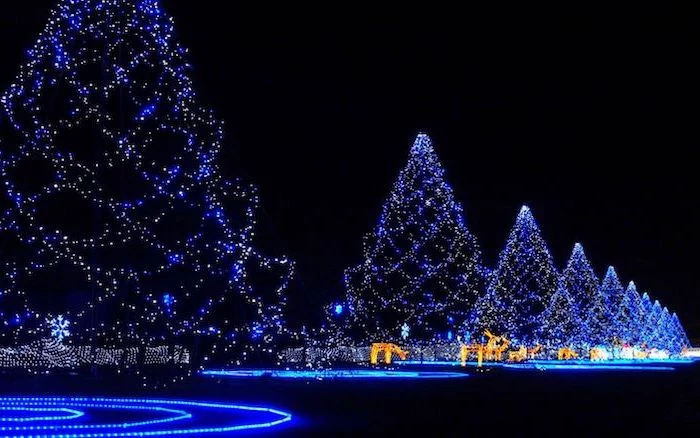
- It turns gloomy, overly blue snow into a clean, brilliant white.
- It ensures skin tones look natural in portraits.
- It gives you a perfect neutral starting point for editing later.
The trick? Ditch ‘Auto White Balance.’ In open shade or on overcast days, the ‘Shade’ or ‘Cloudy’ preset will warm up the scene correctly. For ultimate control, shoot in RAW and set a custom Kelvin temperature (around 6500K is a good starting point for overcast snow).

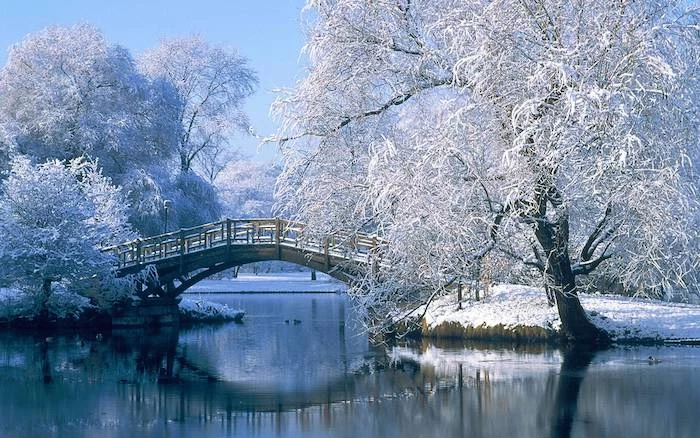
The unique structure of fresh, low-density snow absorbs sound waves, which is why a snow-covered landscape feels so profoundly silent.
Try to capture this feeling in your photos. Use negative space and minimalist compositions to convey the quietness. A single tree in a vast, empty field of snow can say more about winter silence than a cluttered forest scene.
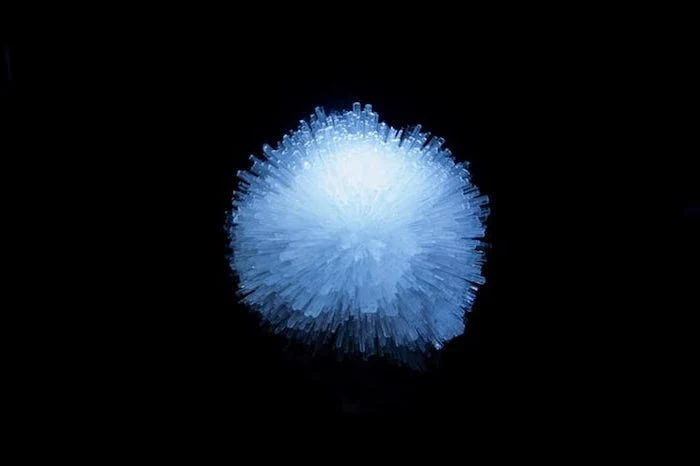
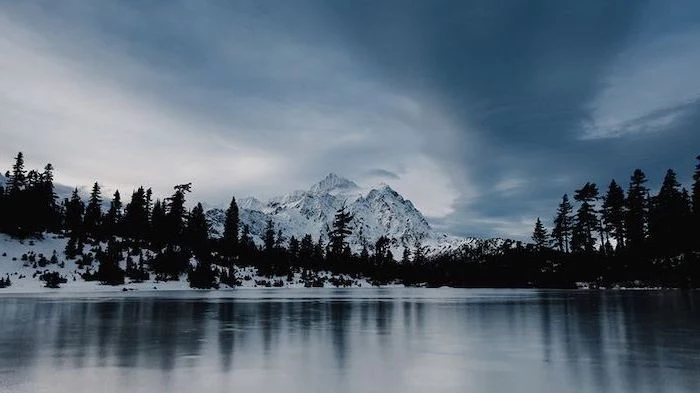
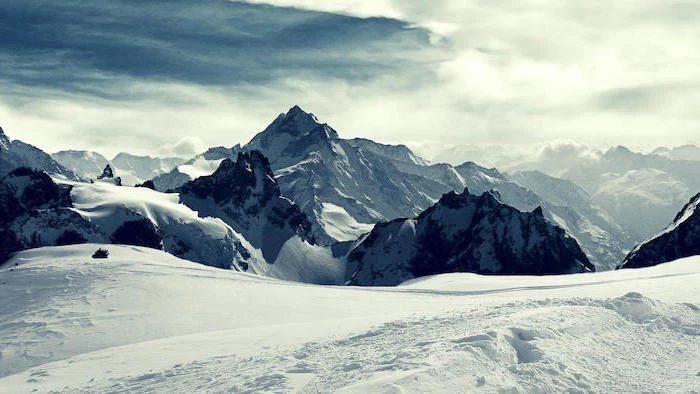
- Dehaze Slider: Use the ‘Dehaze’ tool in Adobe Lightroom or Camera Raw sparingly to cut through winter fog and add contrast.
- Clarity & Texture: Increase these sliders to bring out the fine details in ice, frost, or tree bark.
- Color Calibration: Often, shadows on snow are too blue. Use the calibration panel or split toning to add a hint of warmth back into the shadows for a more balanced look.
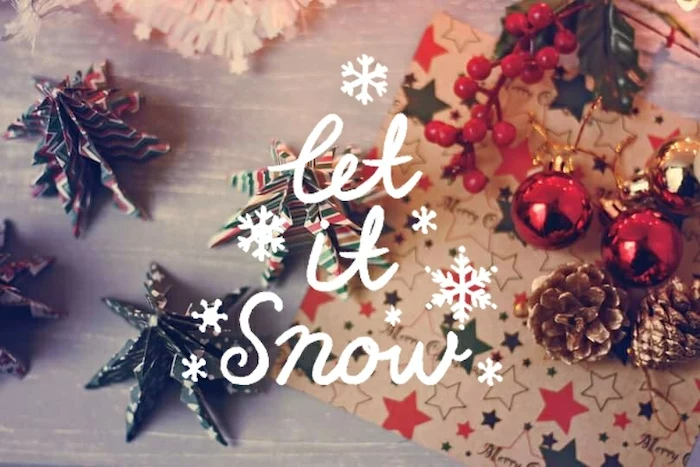
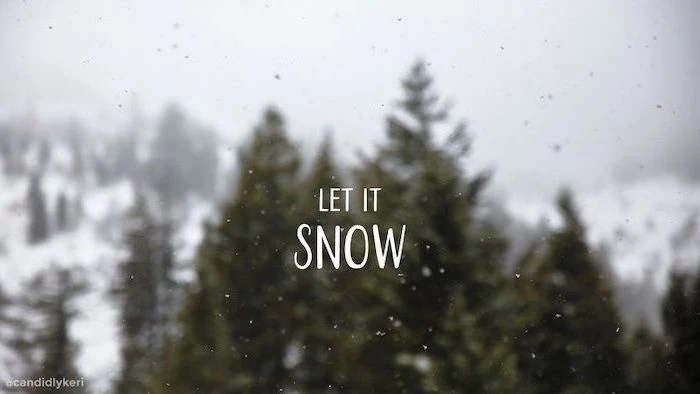
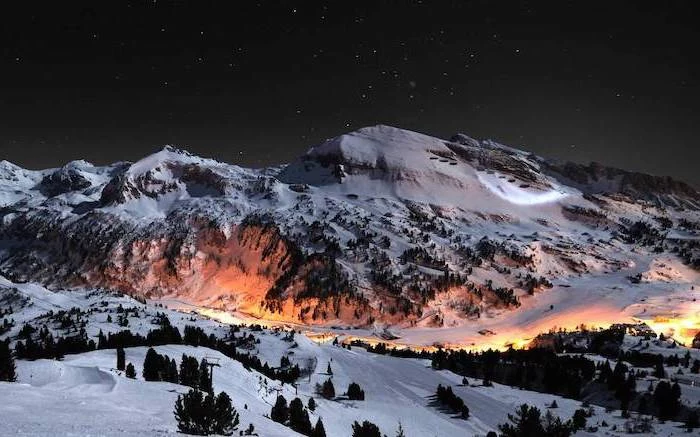
In Japan, the term yuki-akari (雪明かり) refers to the gentle, ambient light reflected from a blanket of snow, bright enough to illuminate a dark winter night.
Seek out this glow. During a full moon, you can capture surprisingly bright and detailed landscapes with a long exposure on a tripod. The world takes on a surreal, monochrome beauty under the moon’s light reflected by the snow.
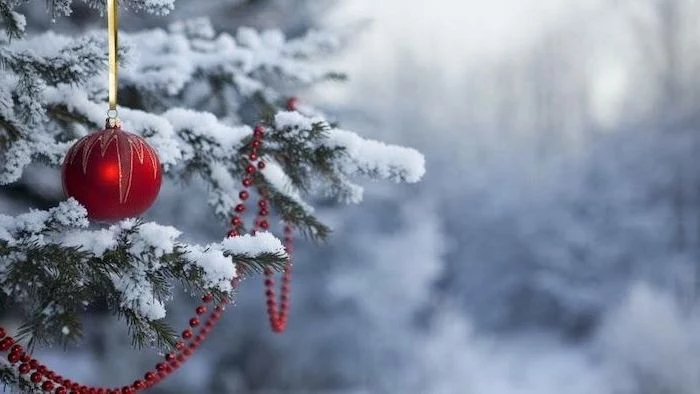
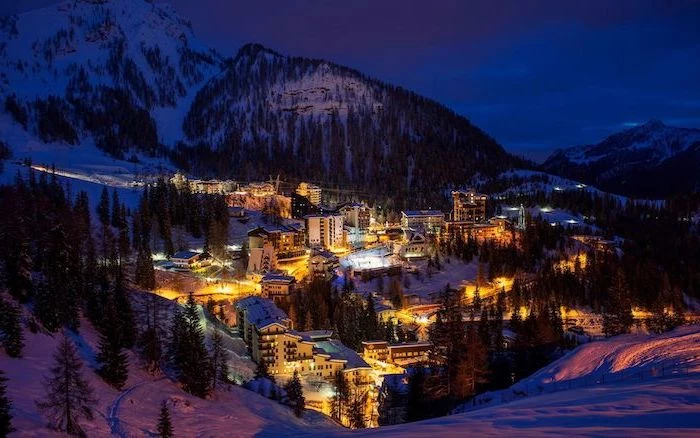
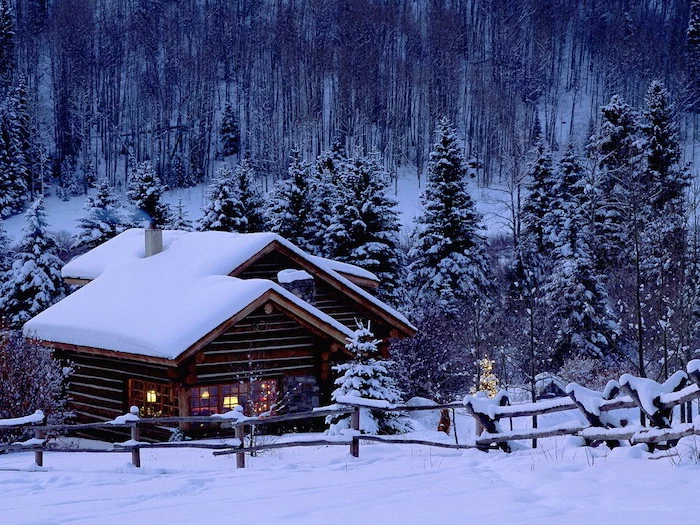
The number one self-sabotage? Breathing on your viewfinder. In the cold, the moisture from your breath will instantly freeze on the cold glass, obscuring your view. Hold your breath as you bring the camera to your eye. It feels unnatural at first but quickly becomes a crucial habit.
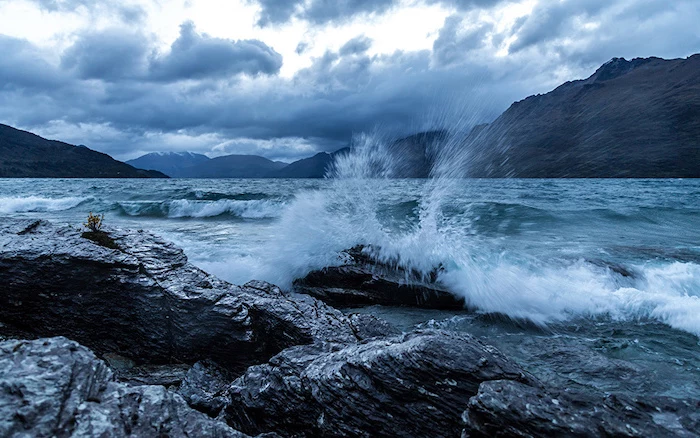
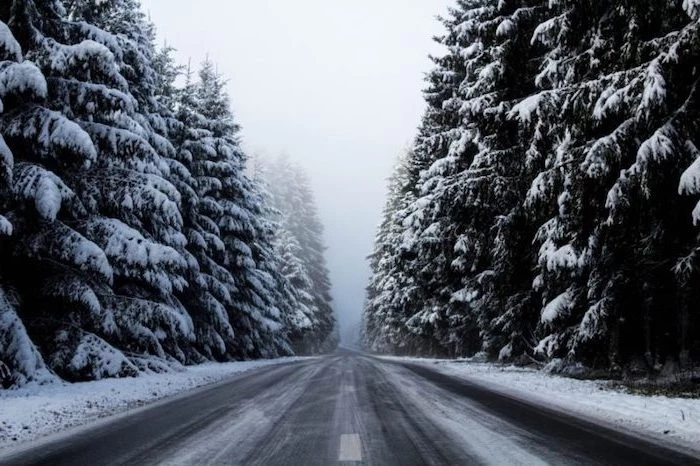
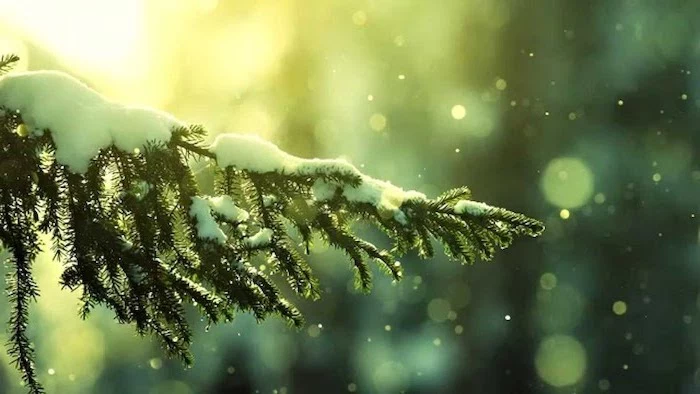
I don’t have weather-sealed gear. Can I still shoot in the snow?
Absolutely! You just need to be more careful. A simple and cheap solution is a dedicated rain cover, but even a plastic grocery bag and a rubber band can work in a pinch. Cut a hole for the lens, secure it with the rubber band around the hood, and you’ve got a surprisingly effective shield against light snowfall. The key is to protect the lens mount and button areas from direct moisture.
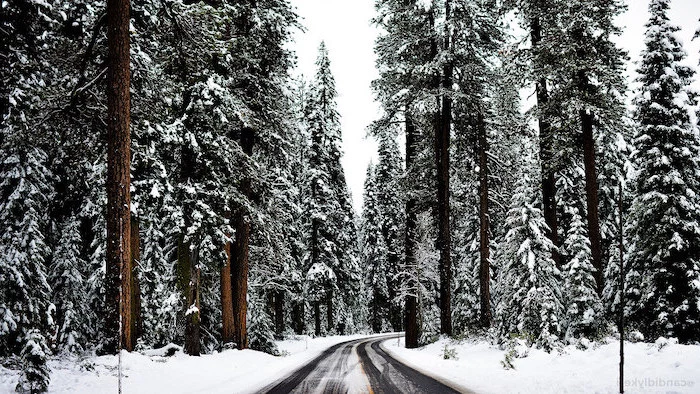
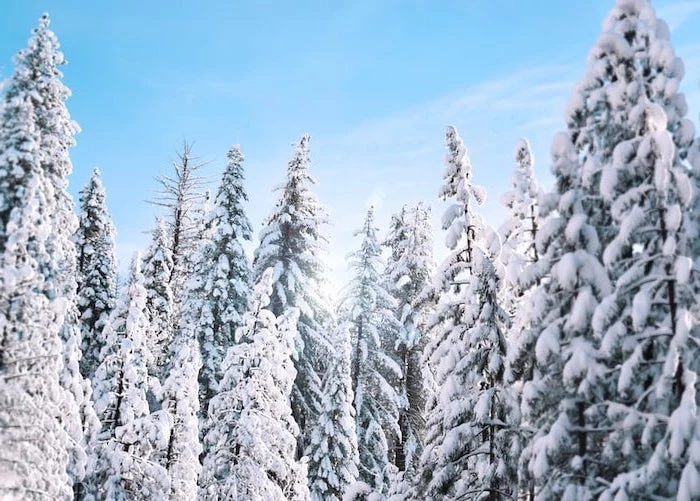
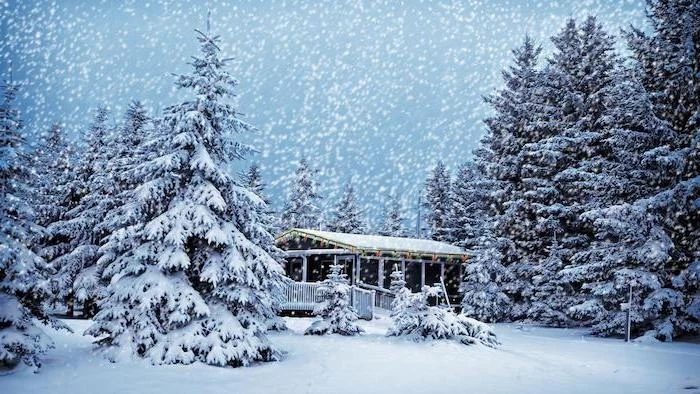
When everything is white, finding a subject can be tough. Train your eye to see the subtle stories of winter.
- Lines: Look for animal tracks, ski trails, or fence lines that lead the viewer’s eye through the frame.
- Shapes: Notice the graphic shapes of bare trees against the sky or the curve of a snowdrift.
- Textures: Get low and capture the texture of wind-blown snow, the sparkle of frost on a branch, or the crackled surface of ice.
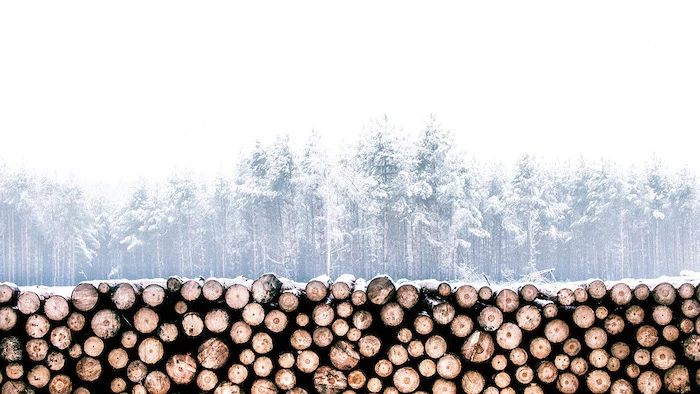
Practice the ‘Leave No Trace’ principle, winter edition. Be mindful of your footprints—don’t trample through a pristine, untouched scene you or someone else might want to photograph. Stick to established paths where possible, and always pack out everything you pack in, including used hand warmers and snack wrappers.










